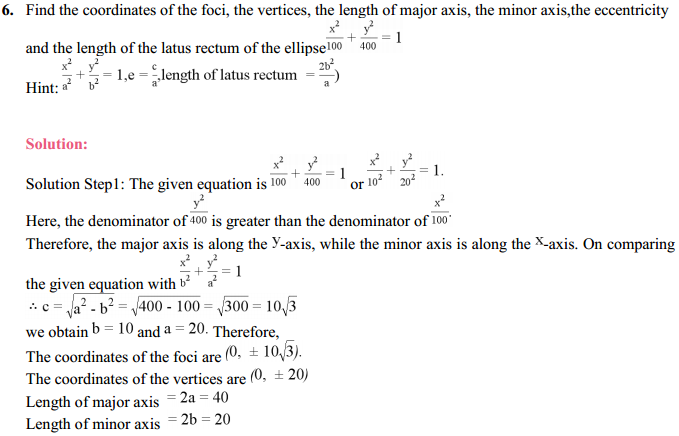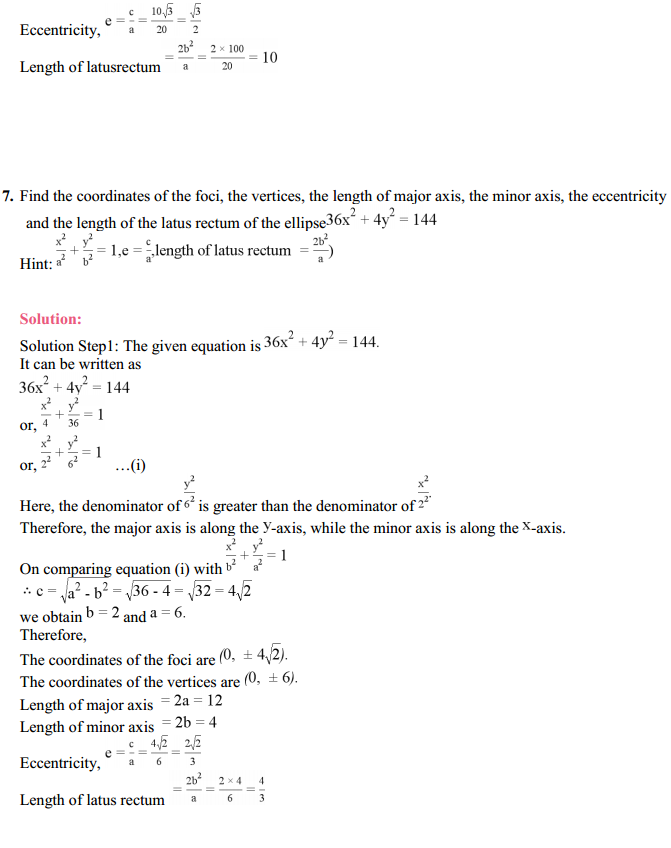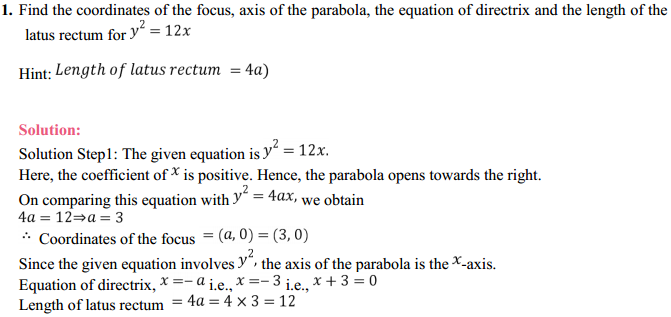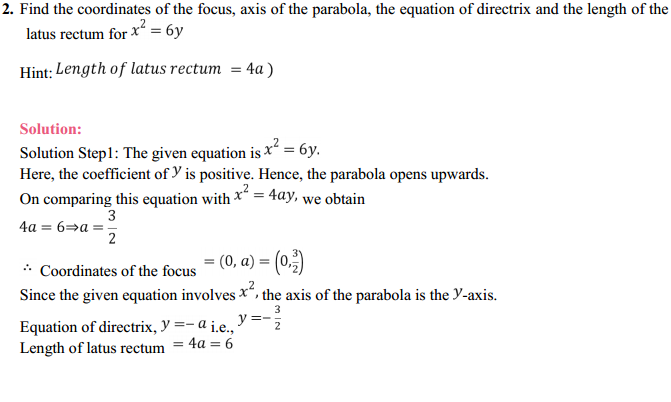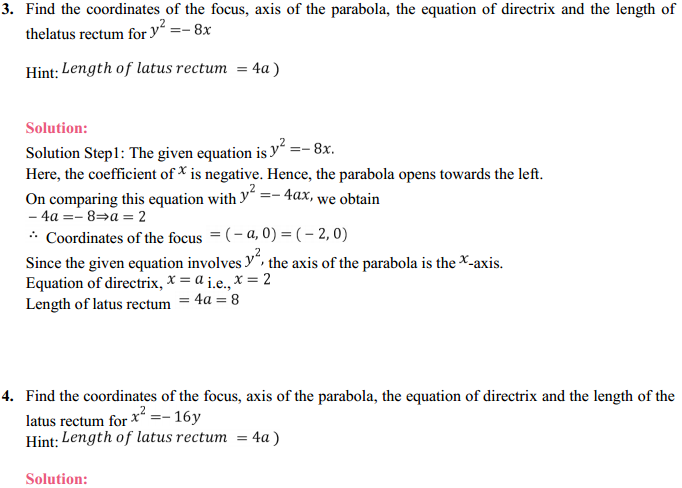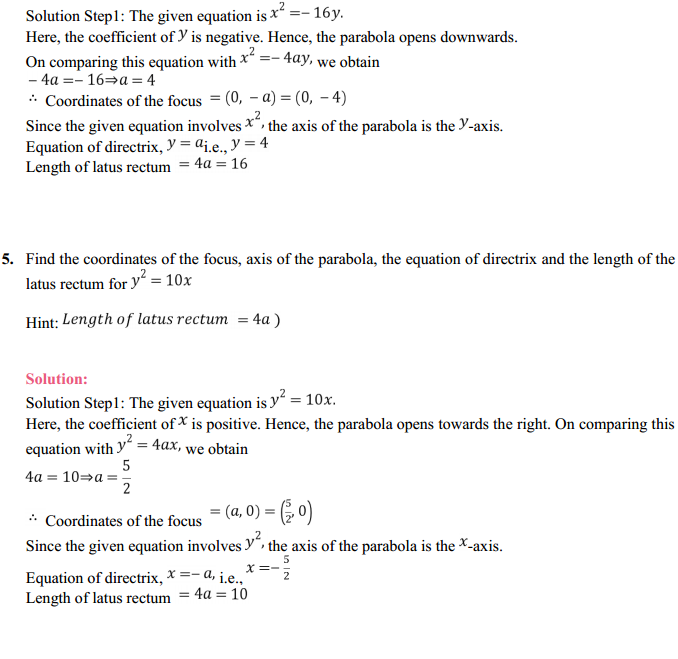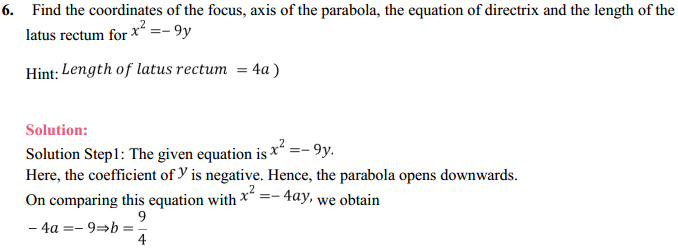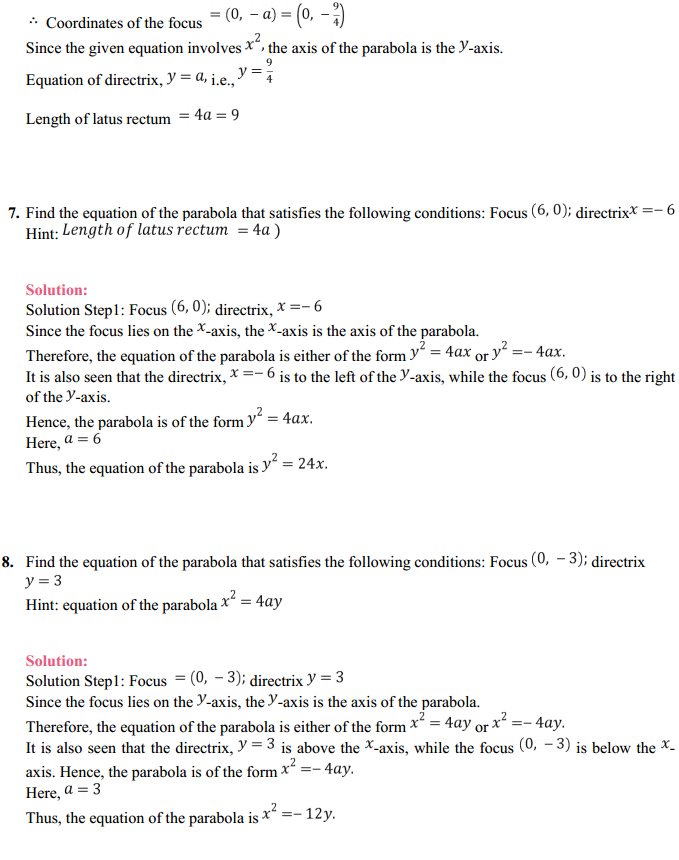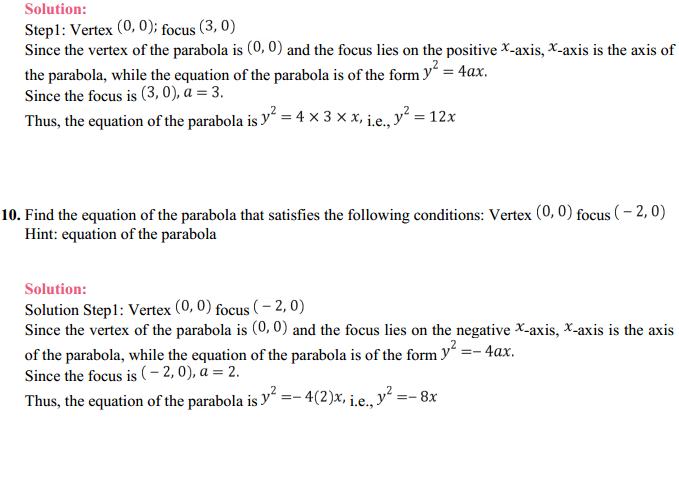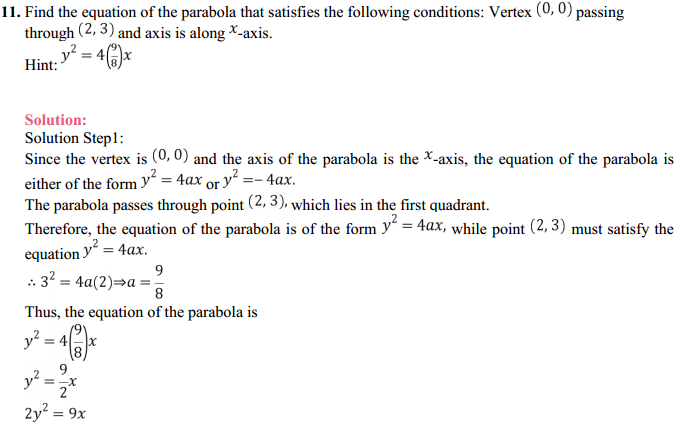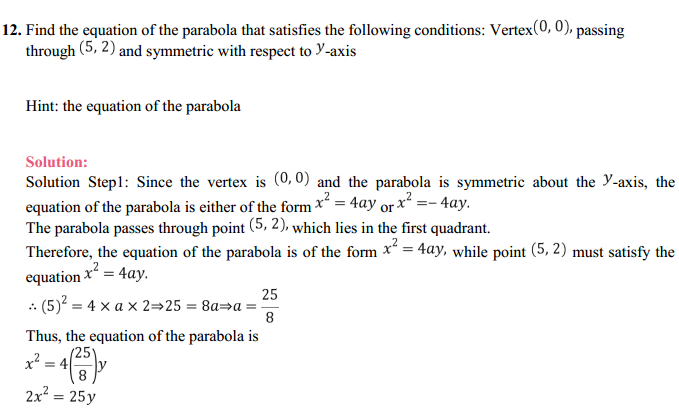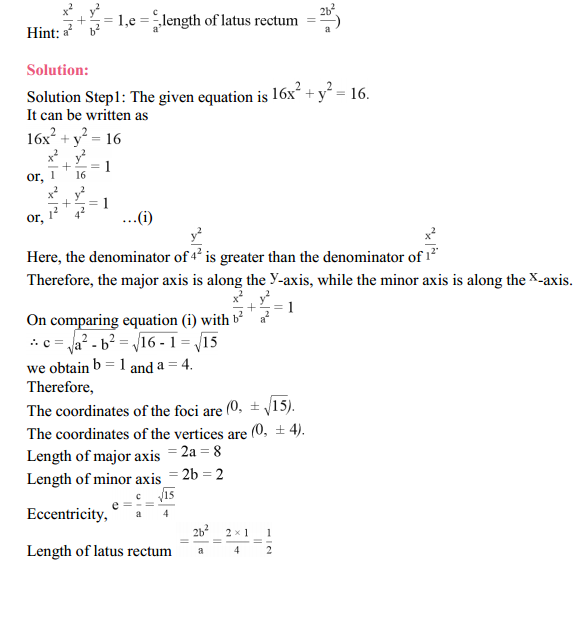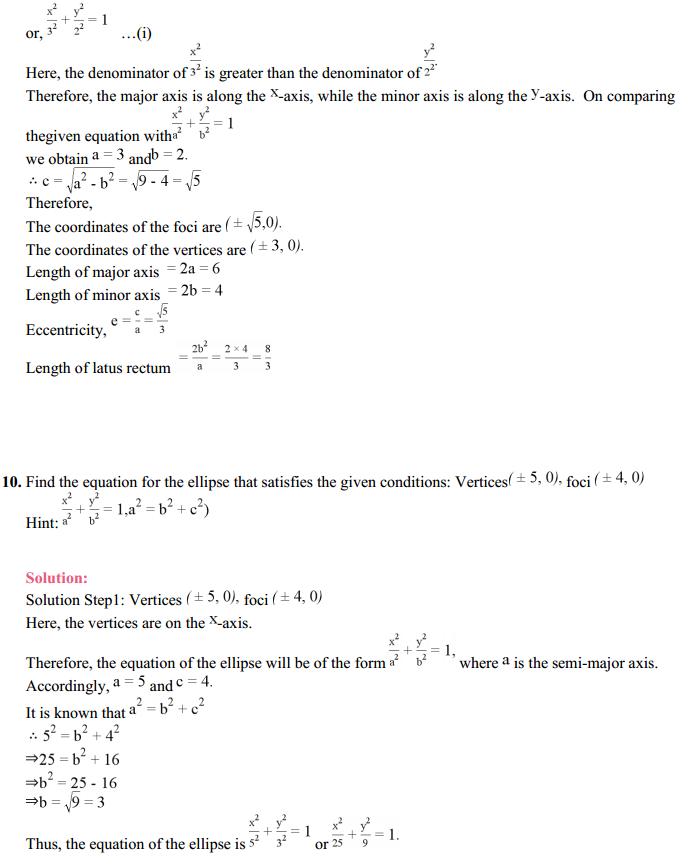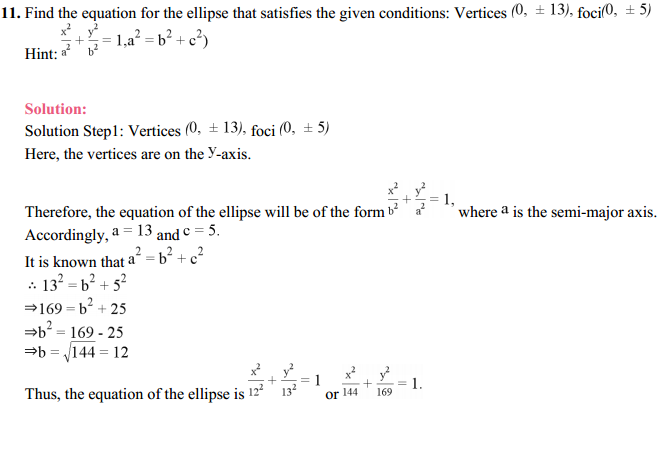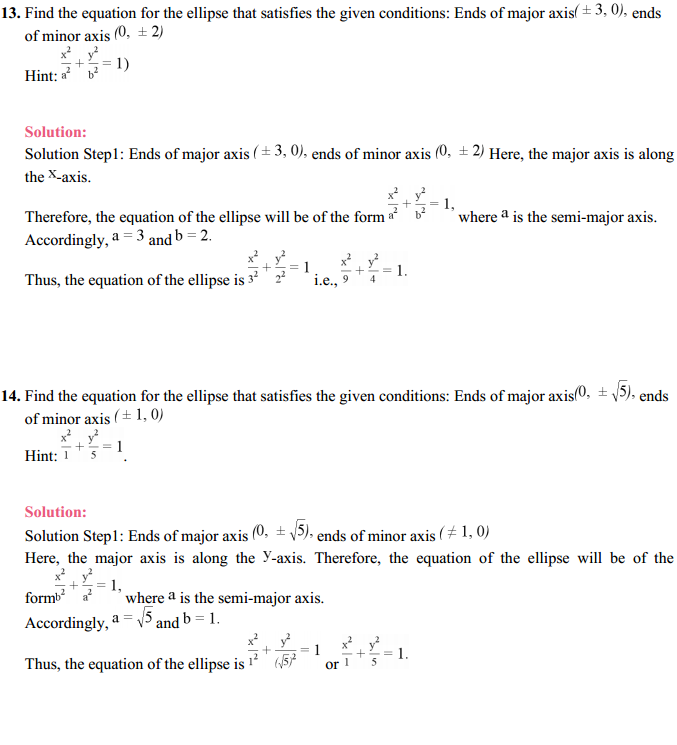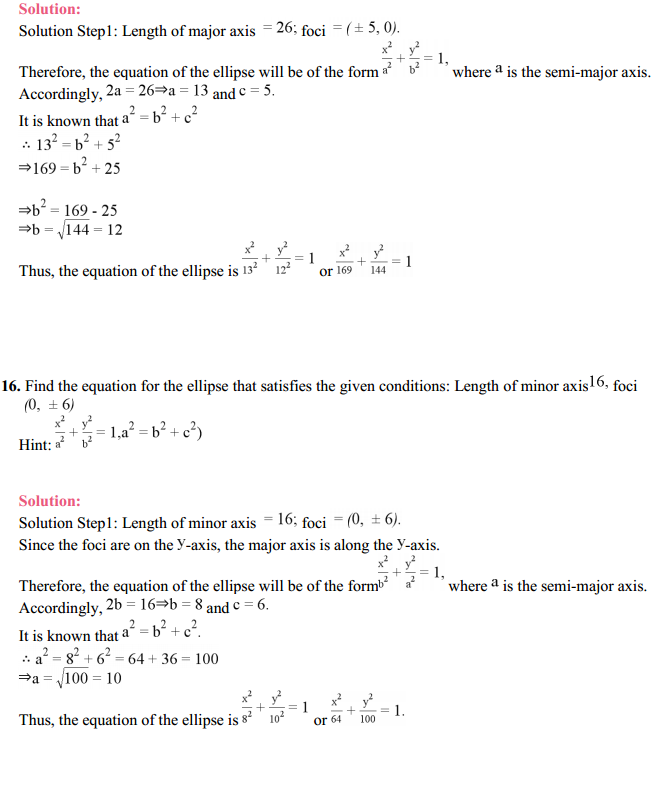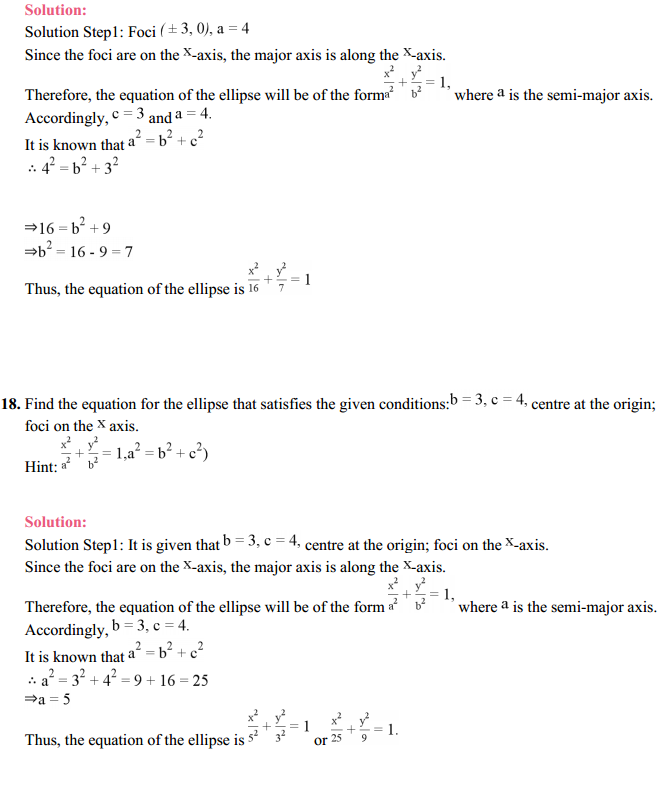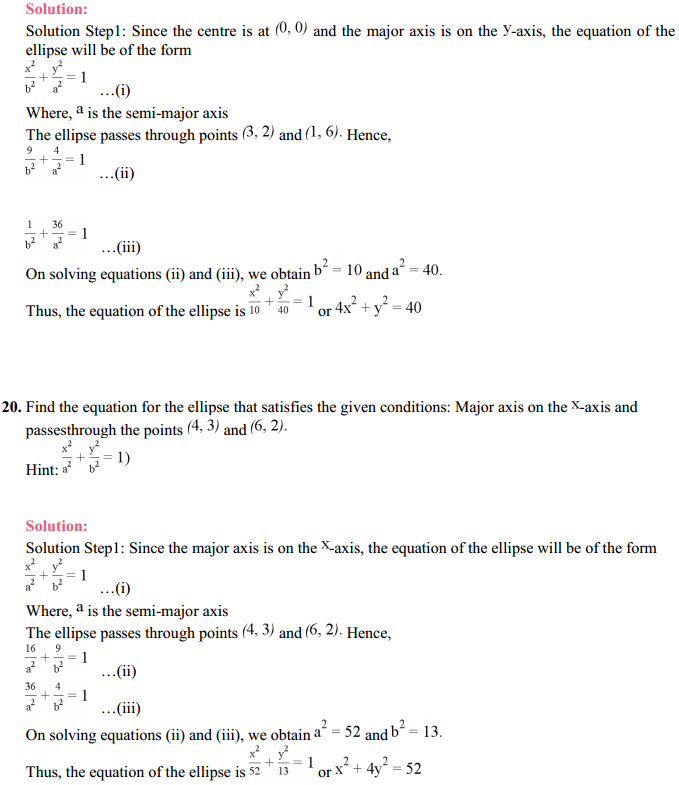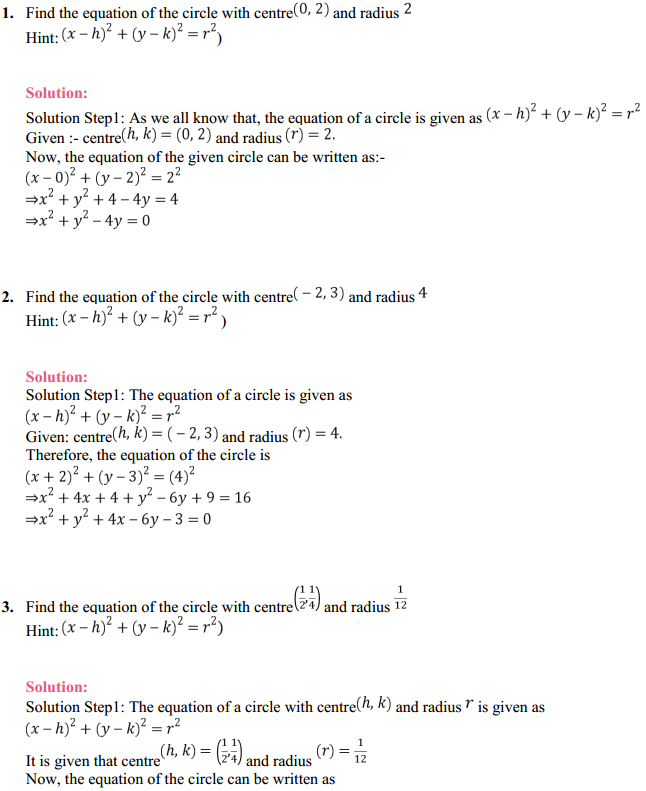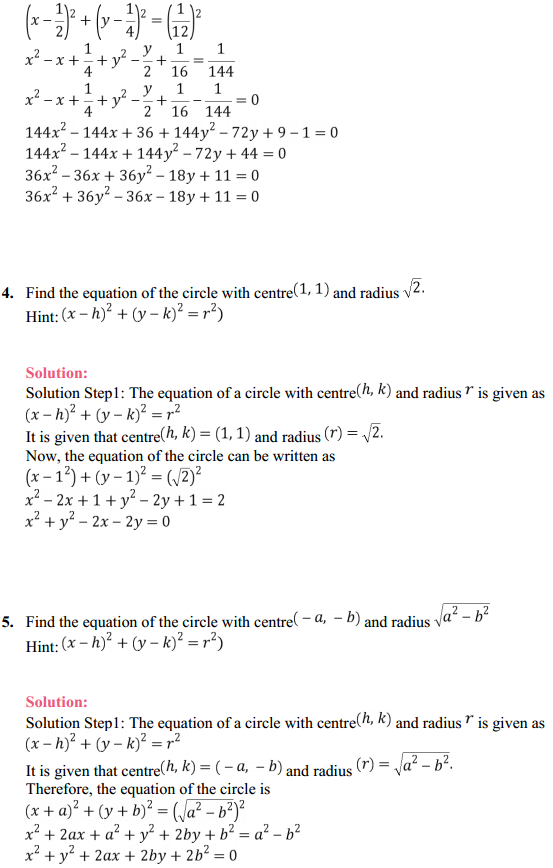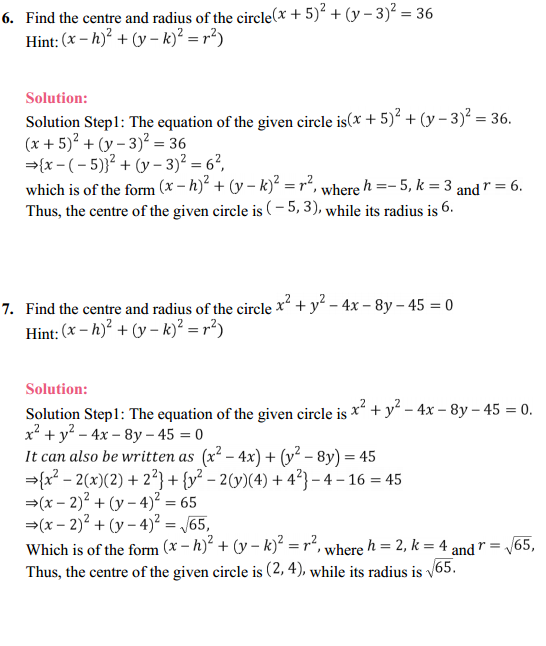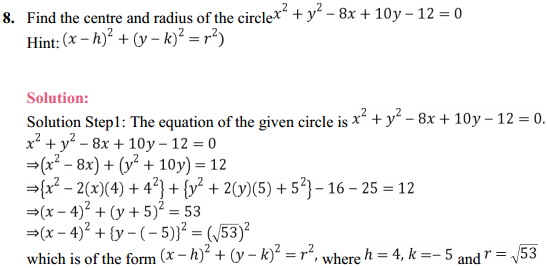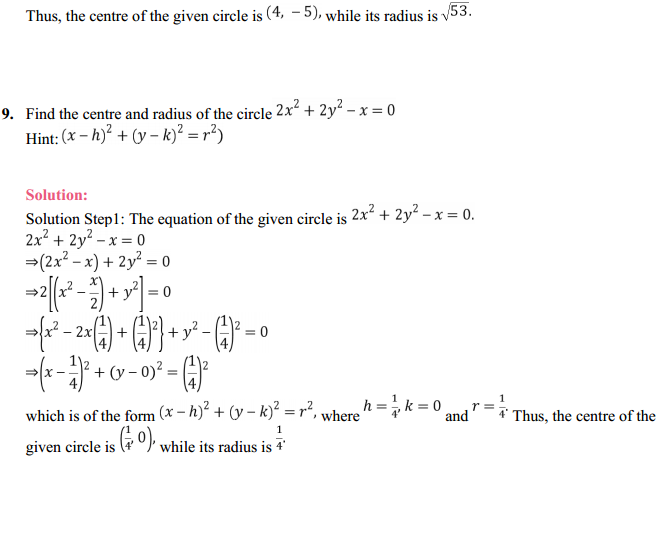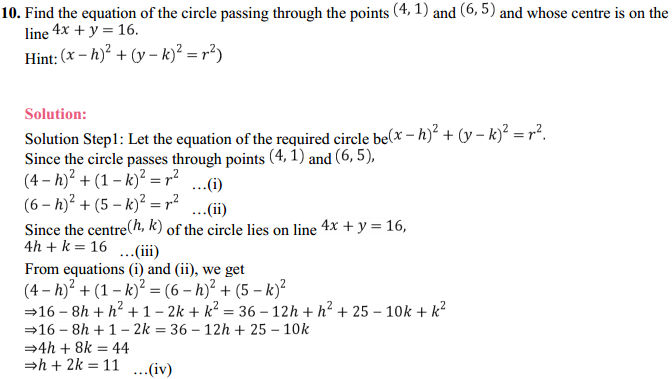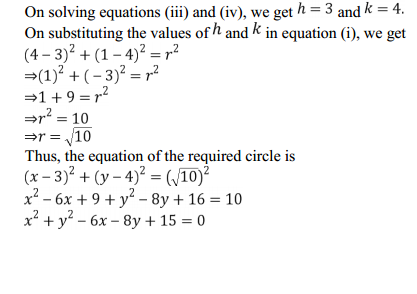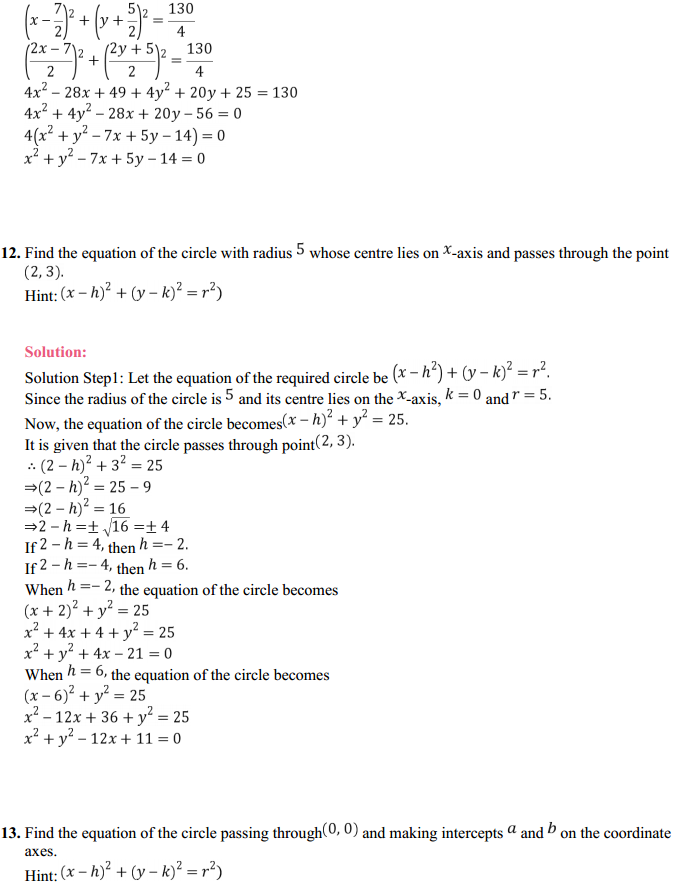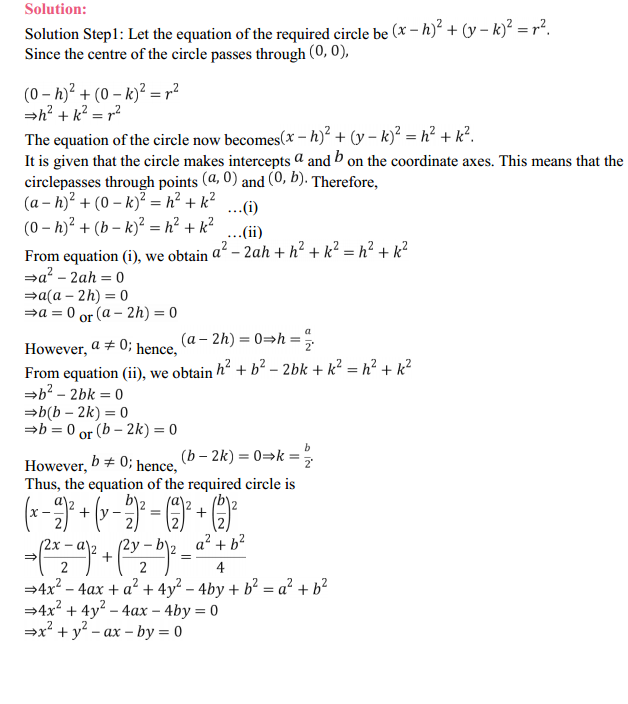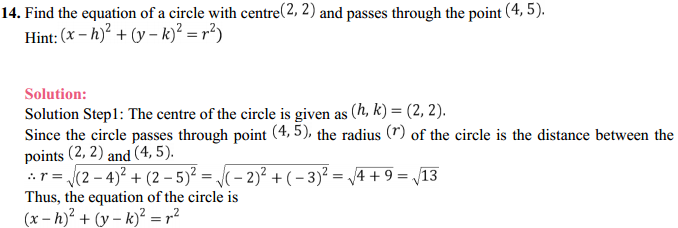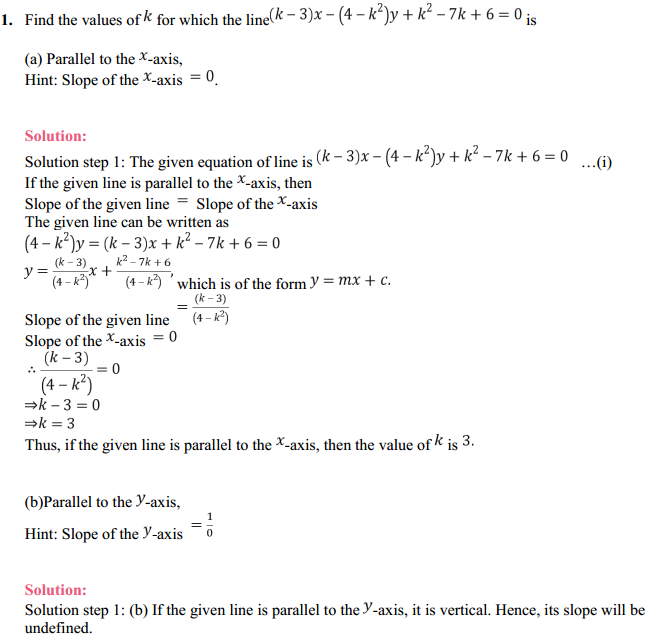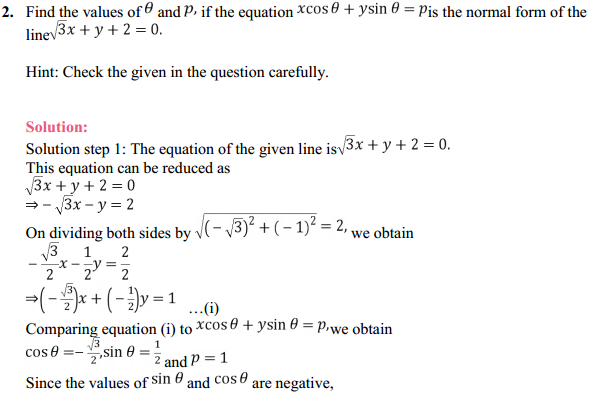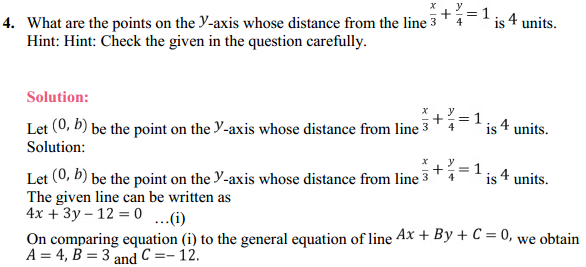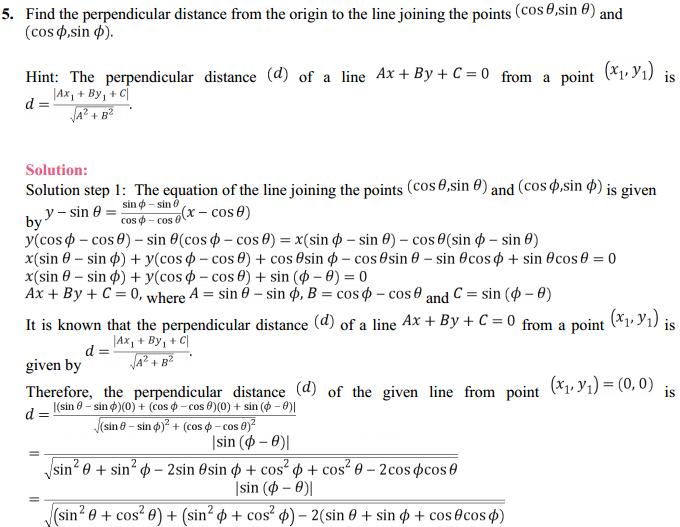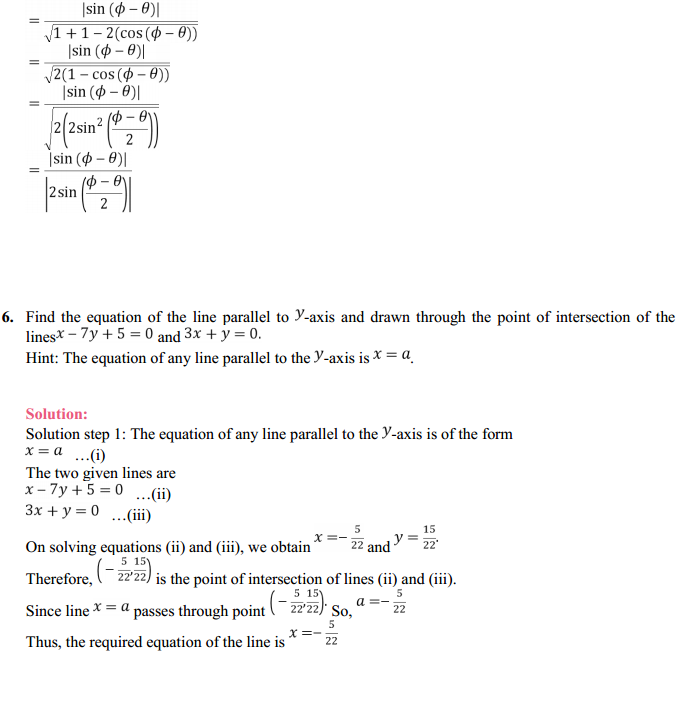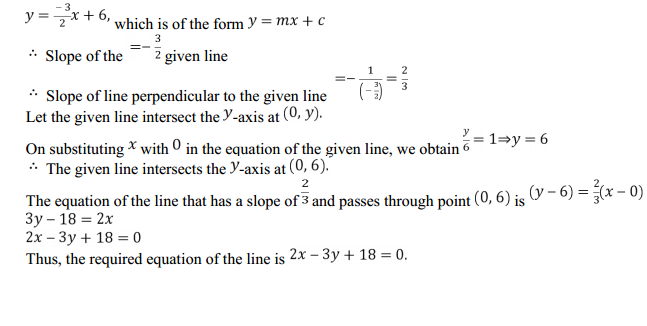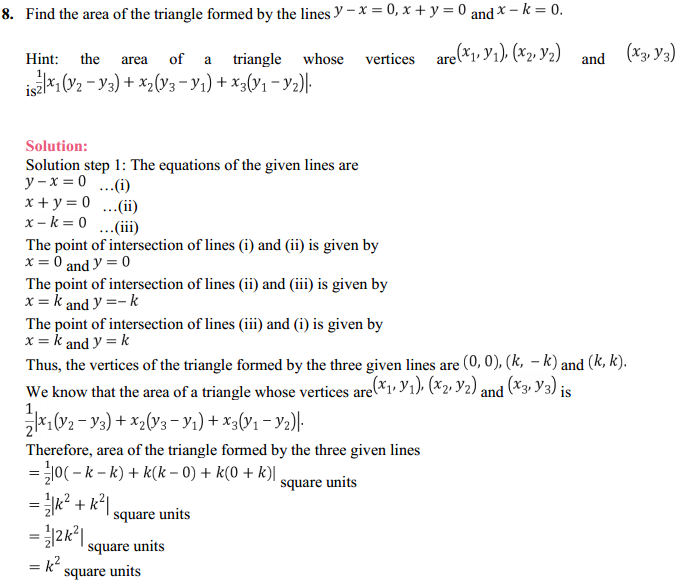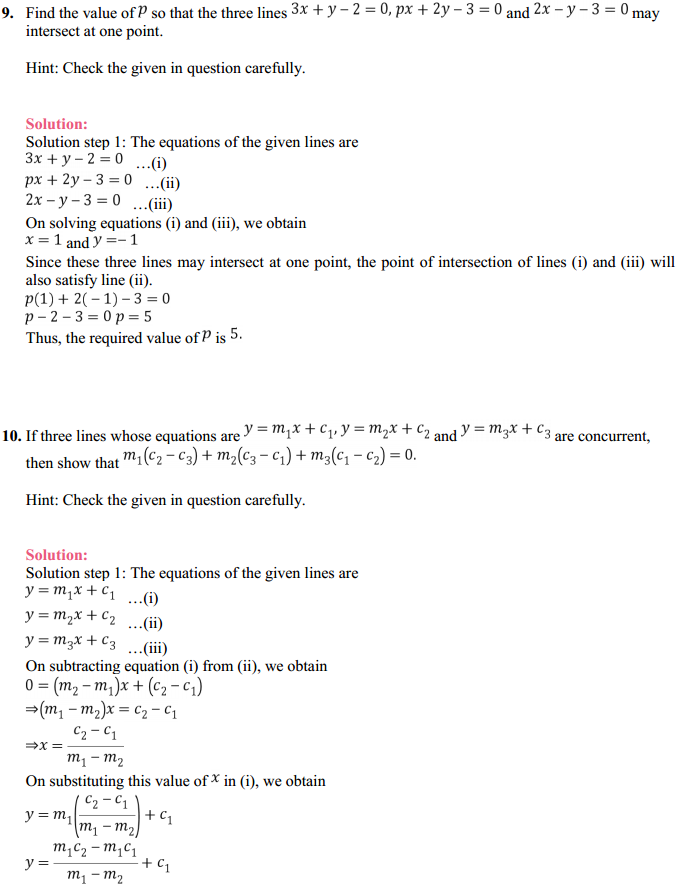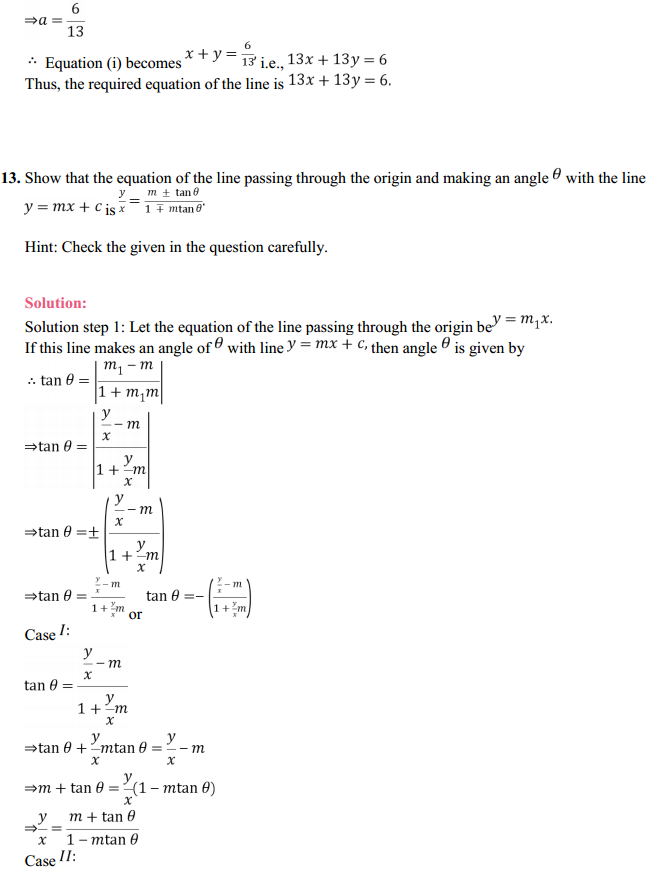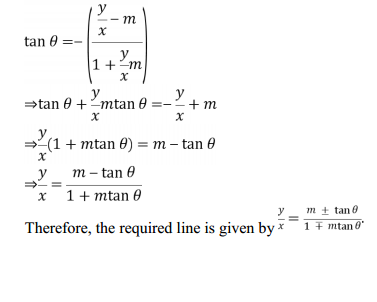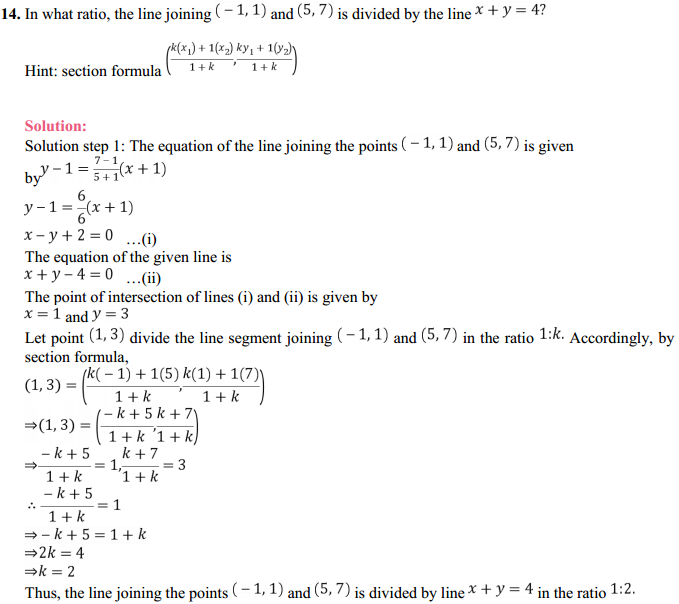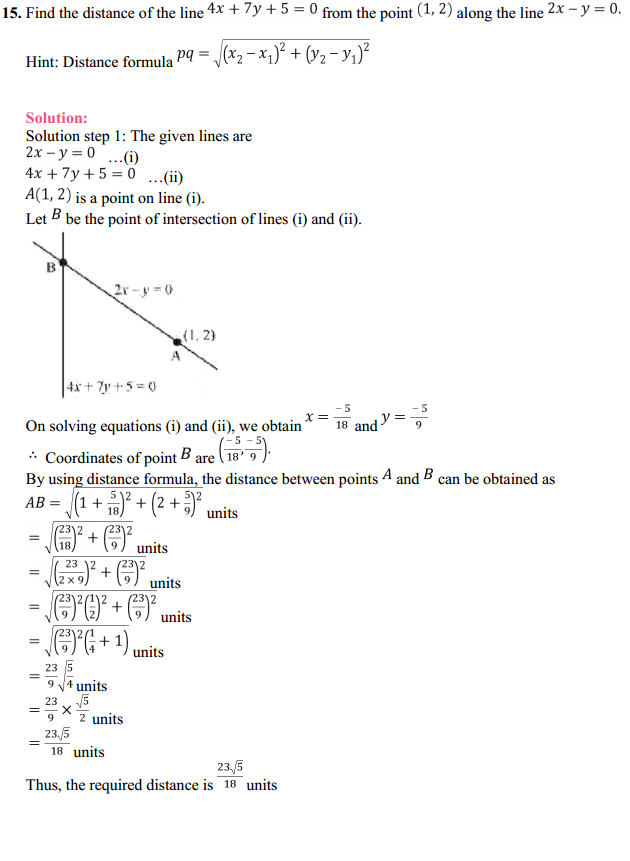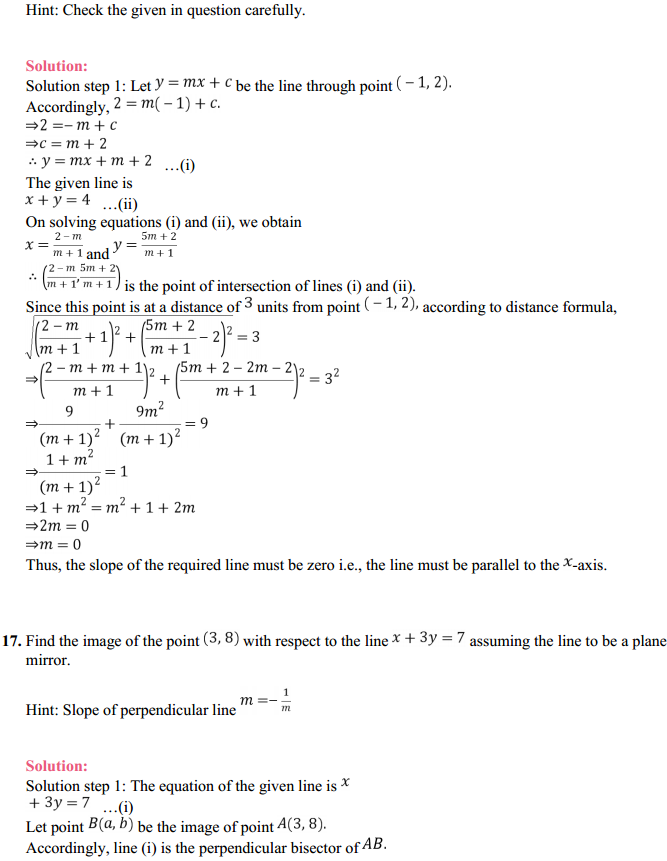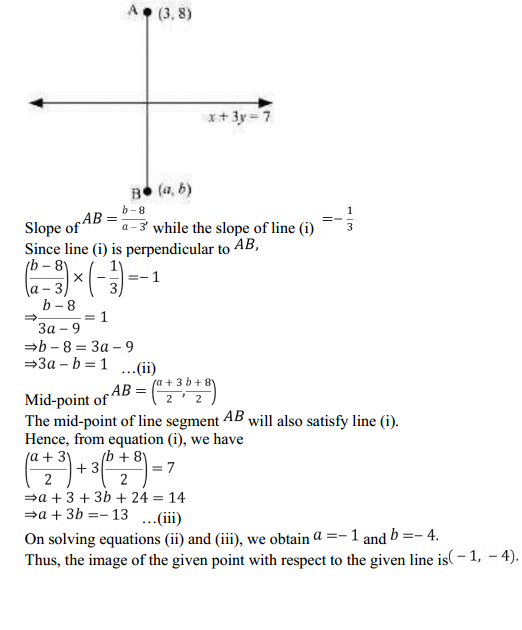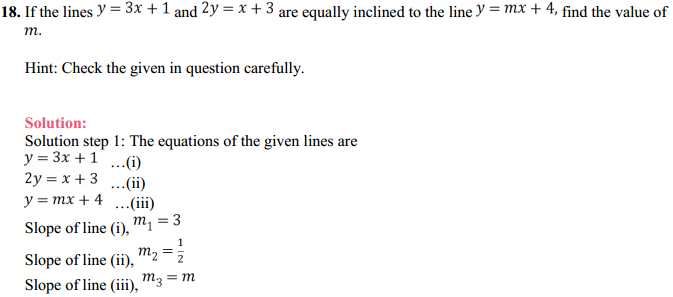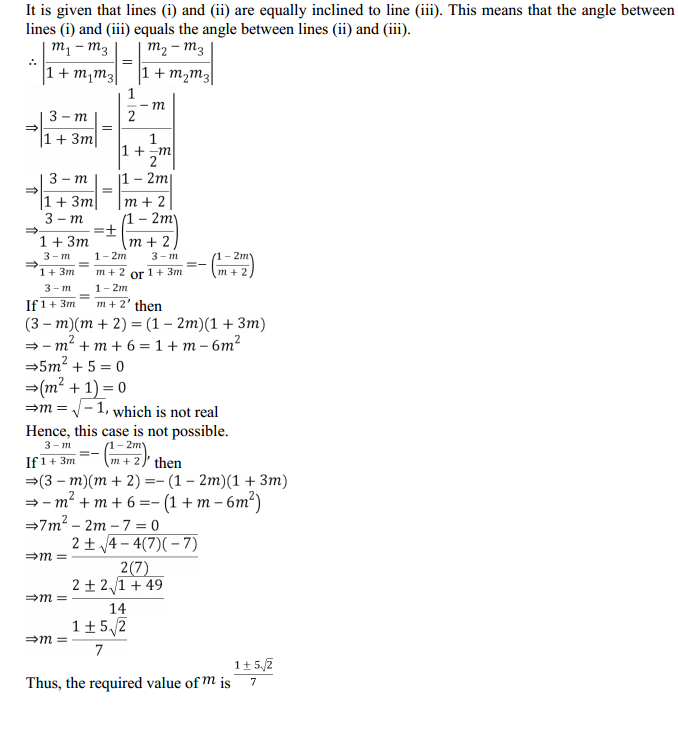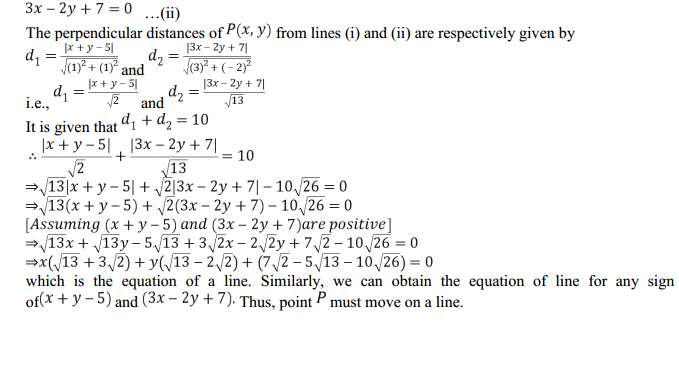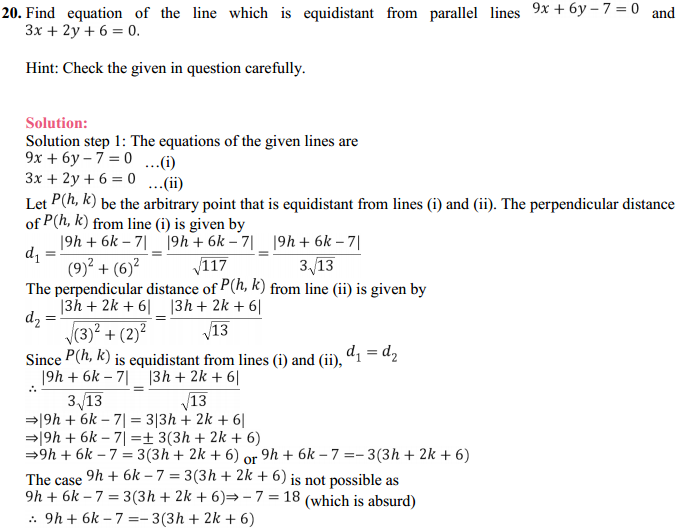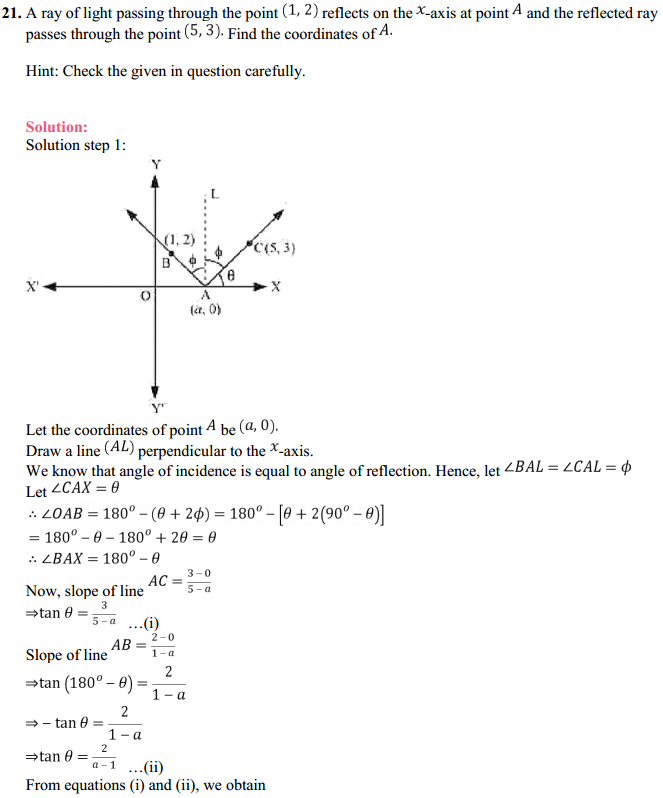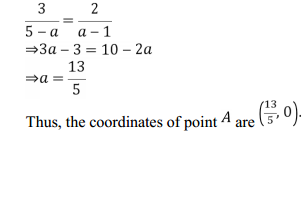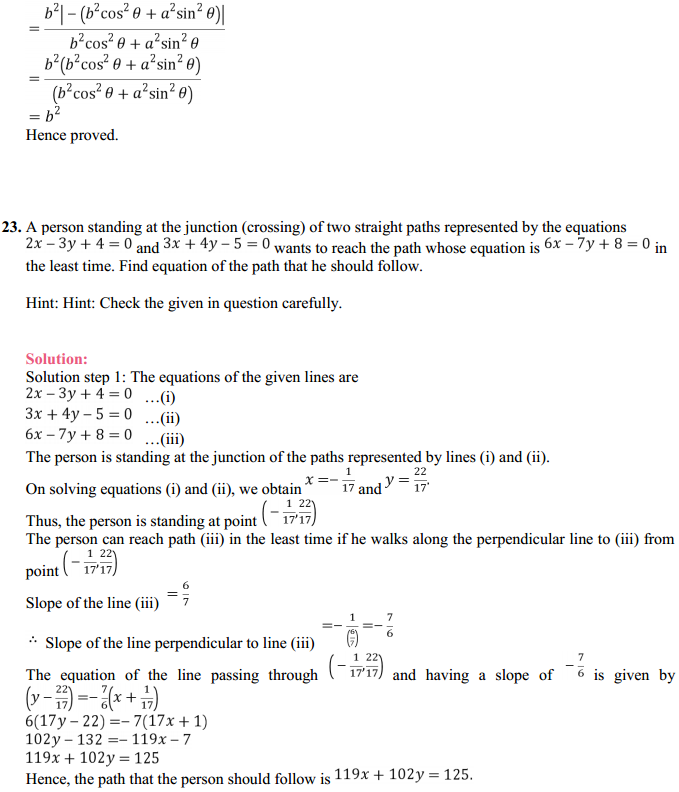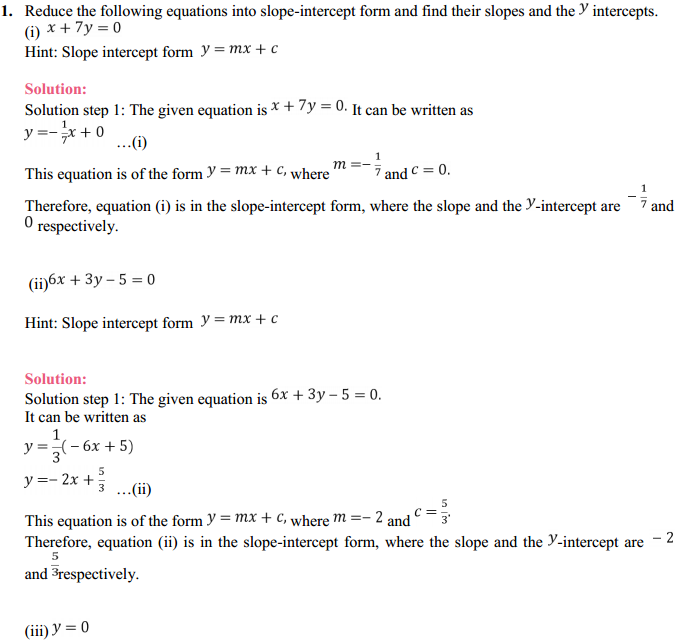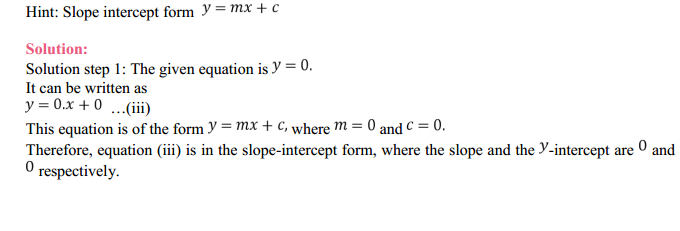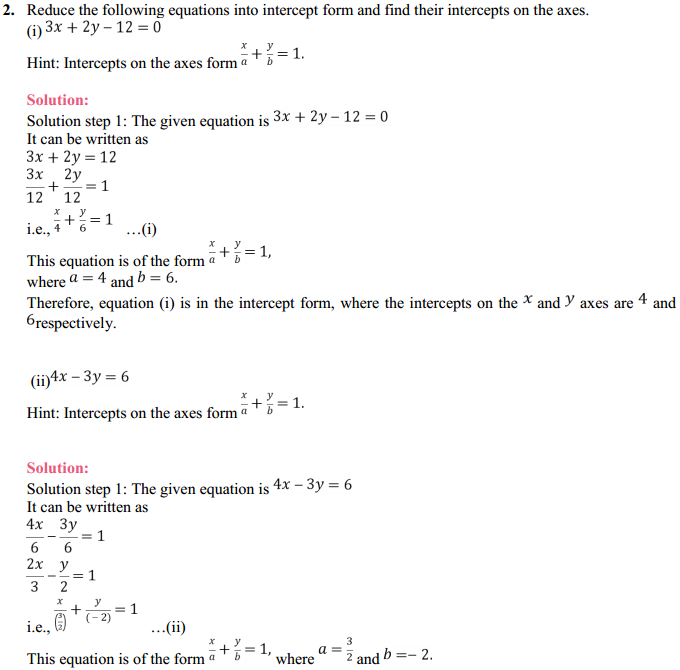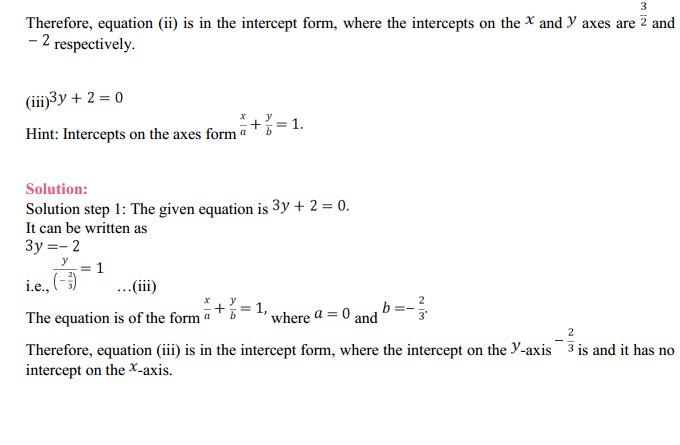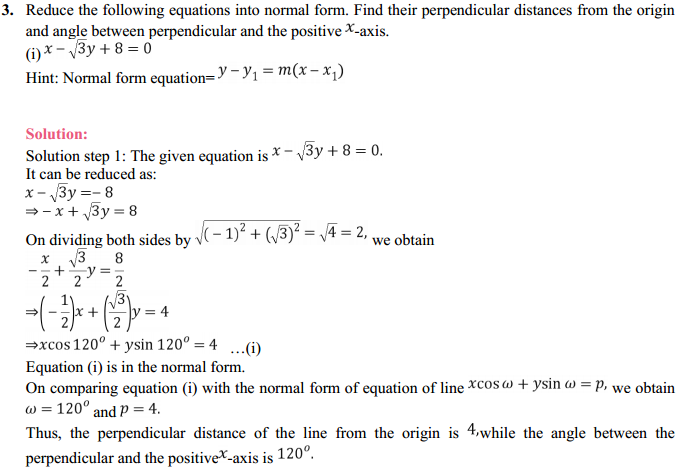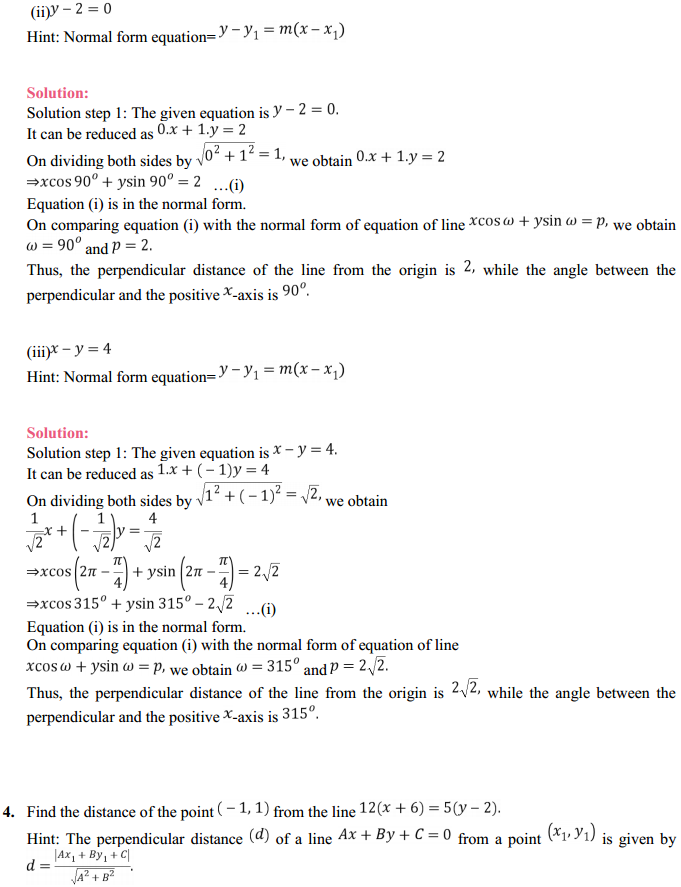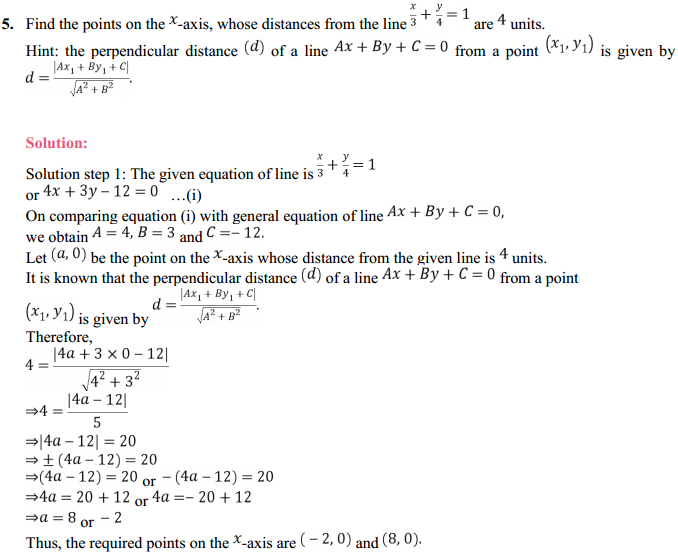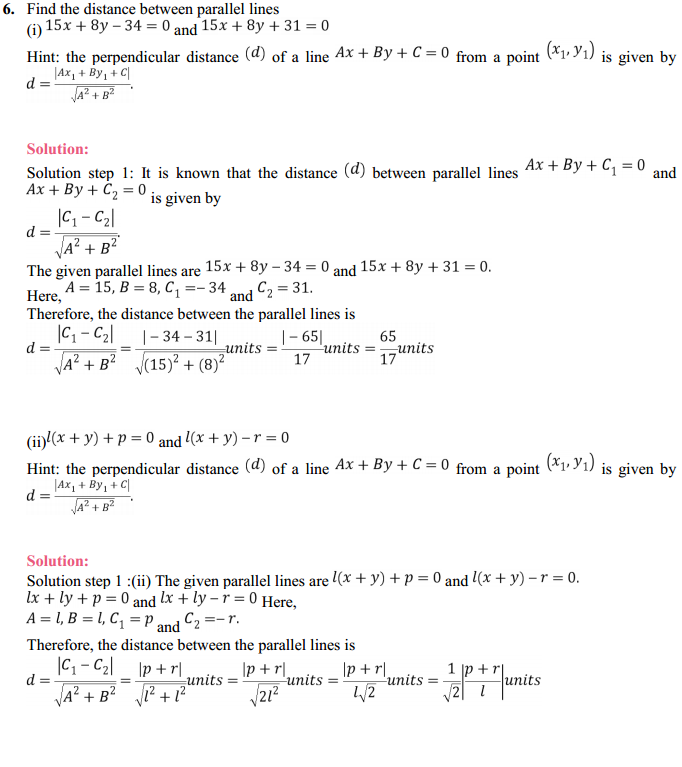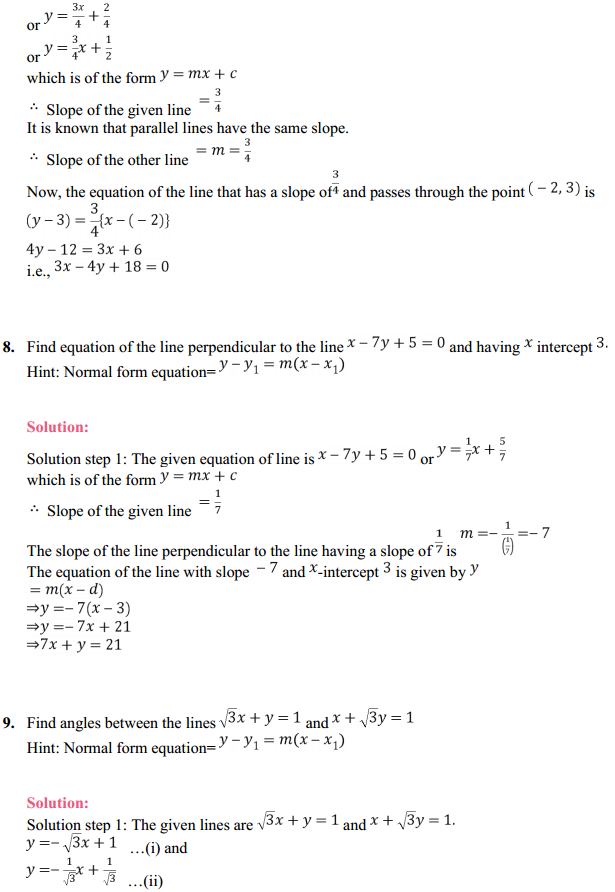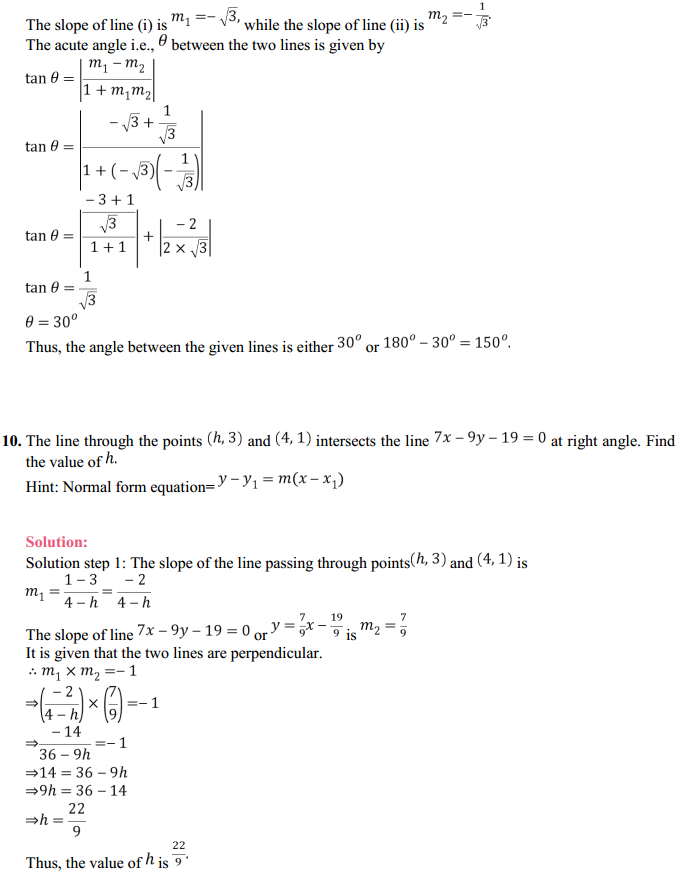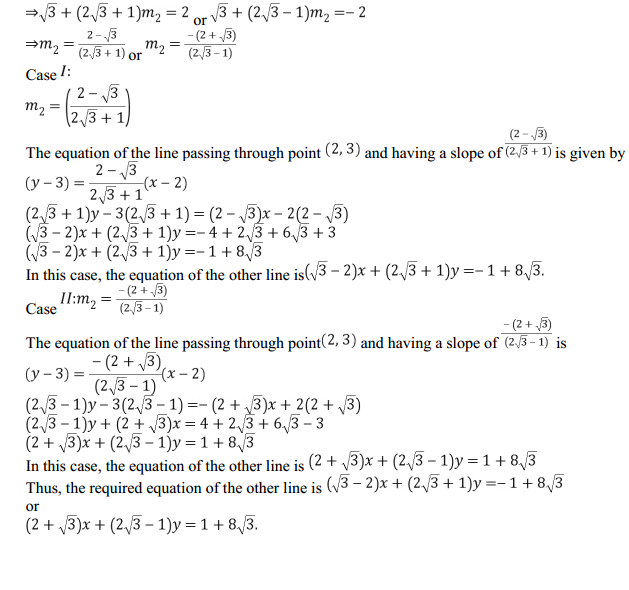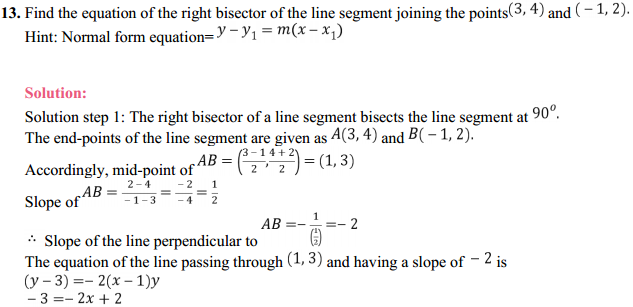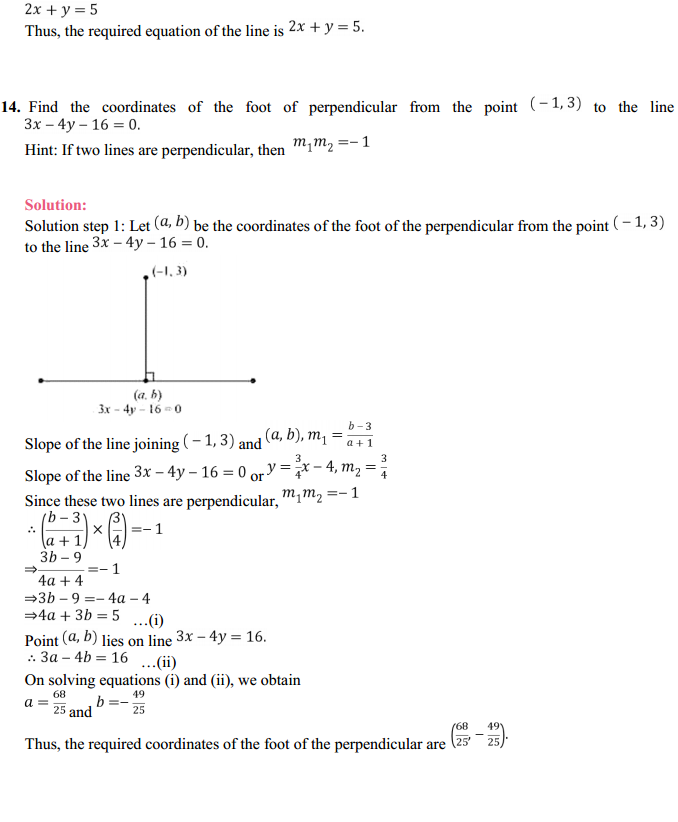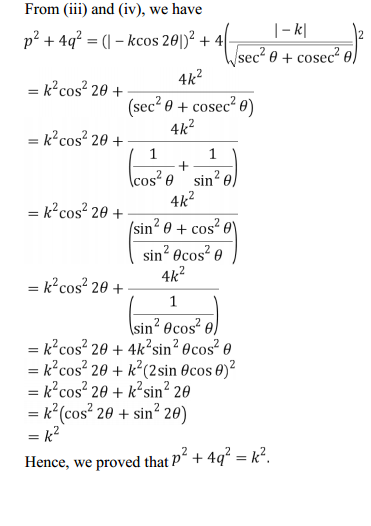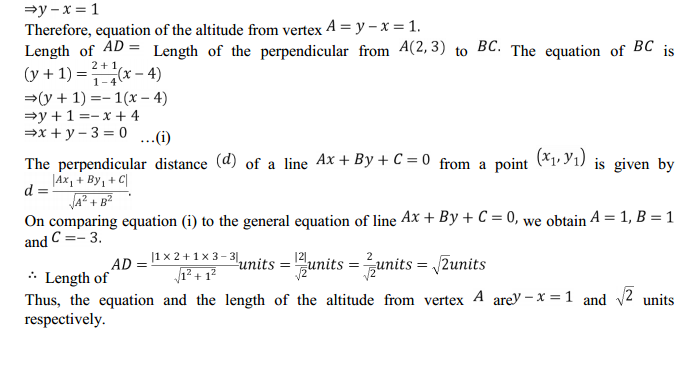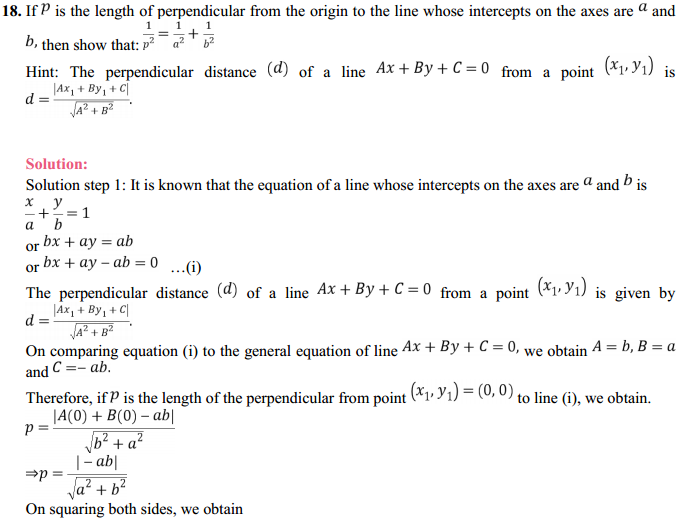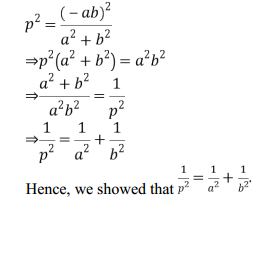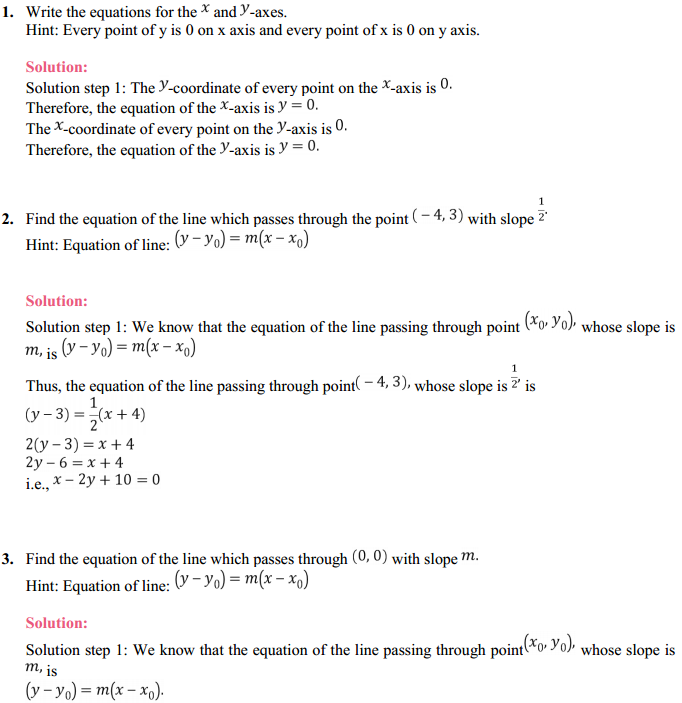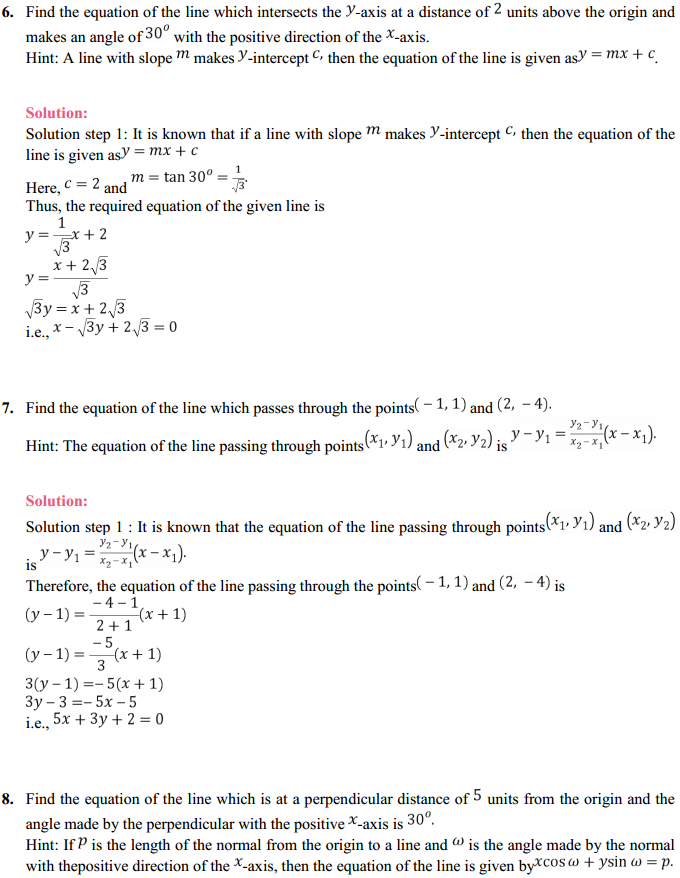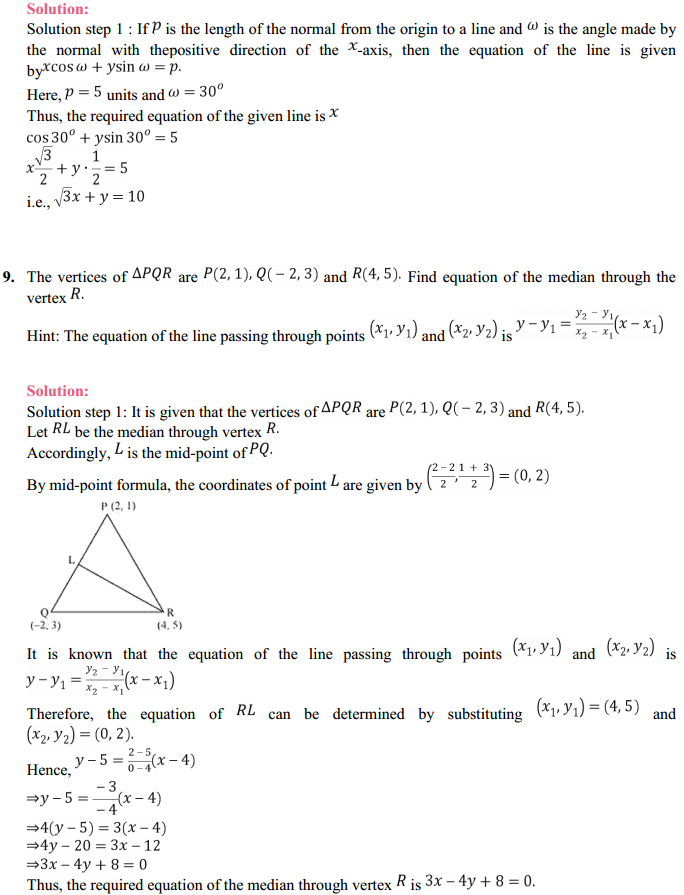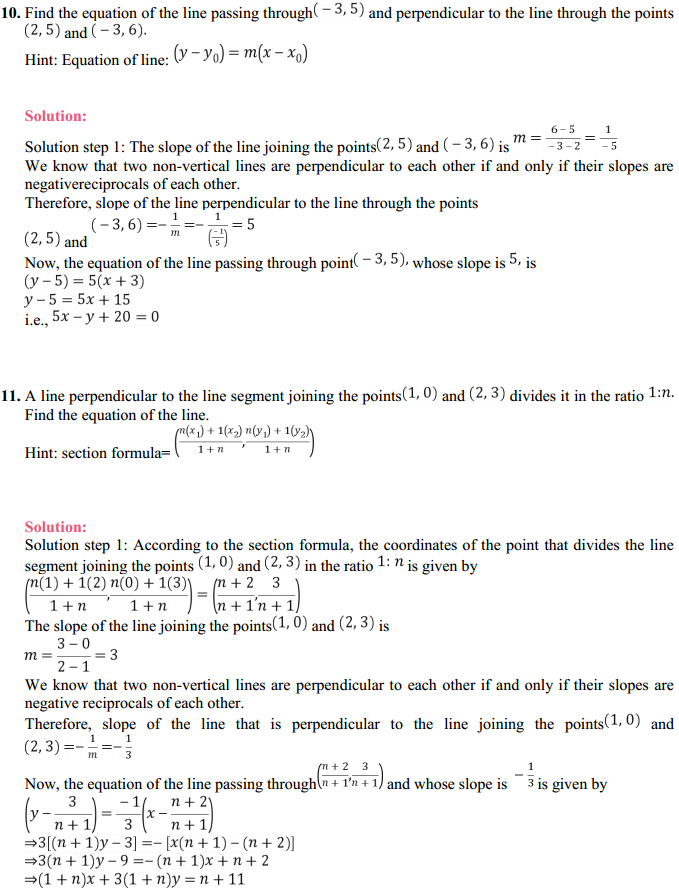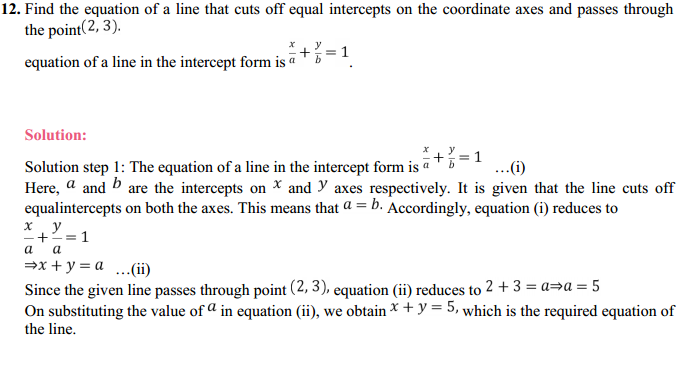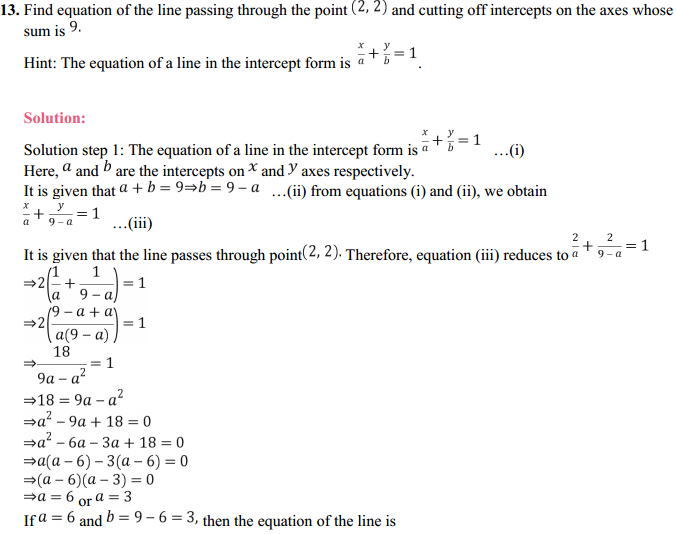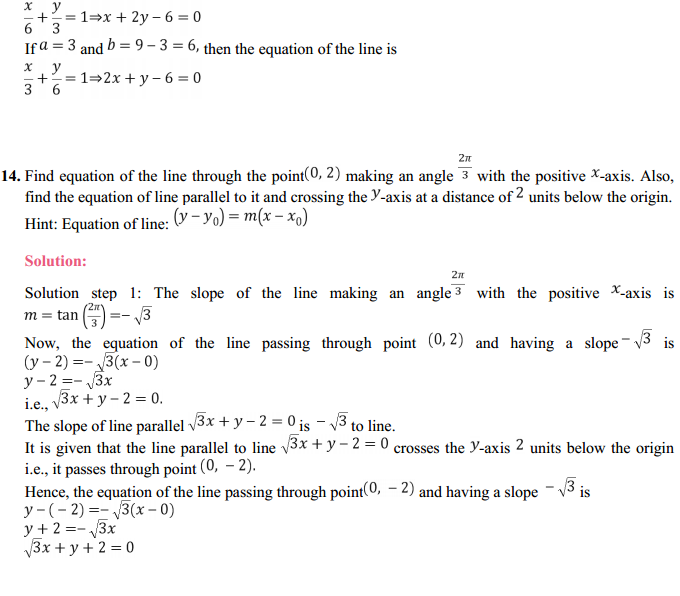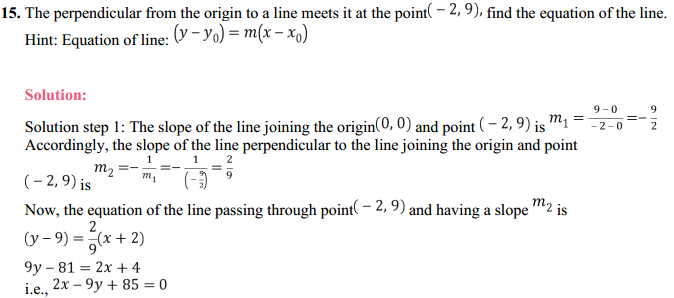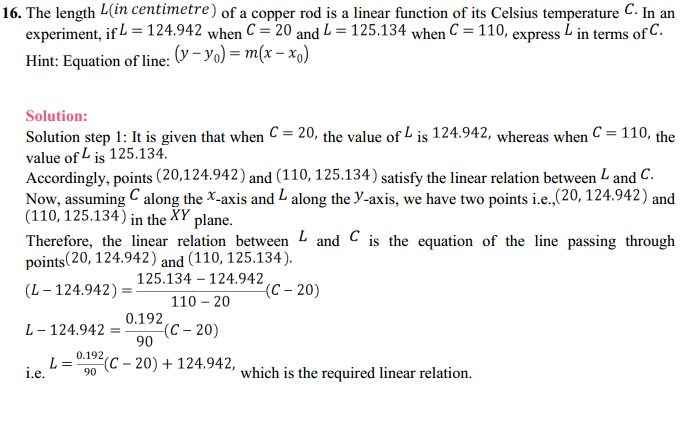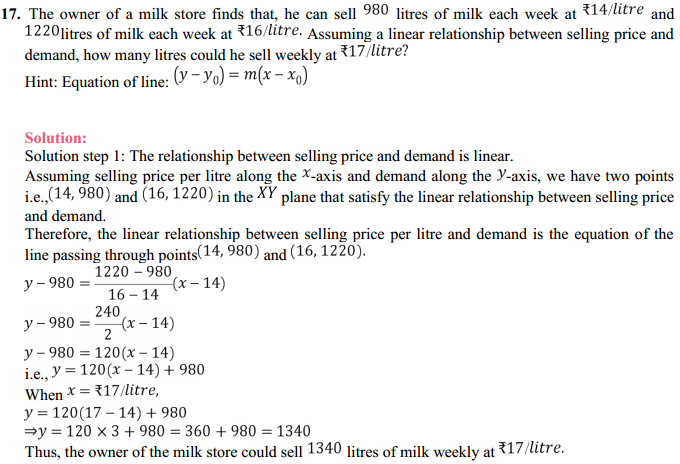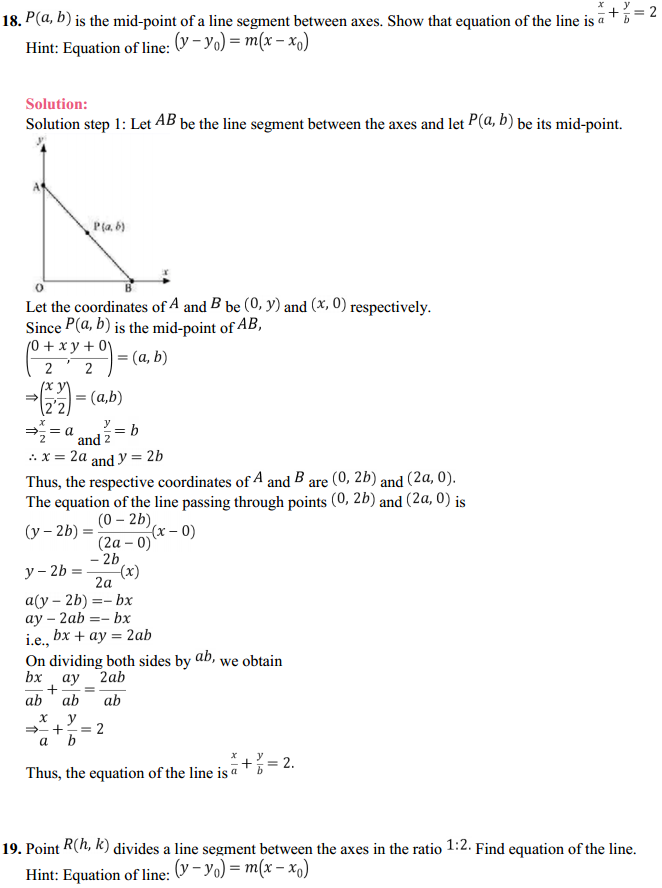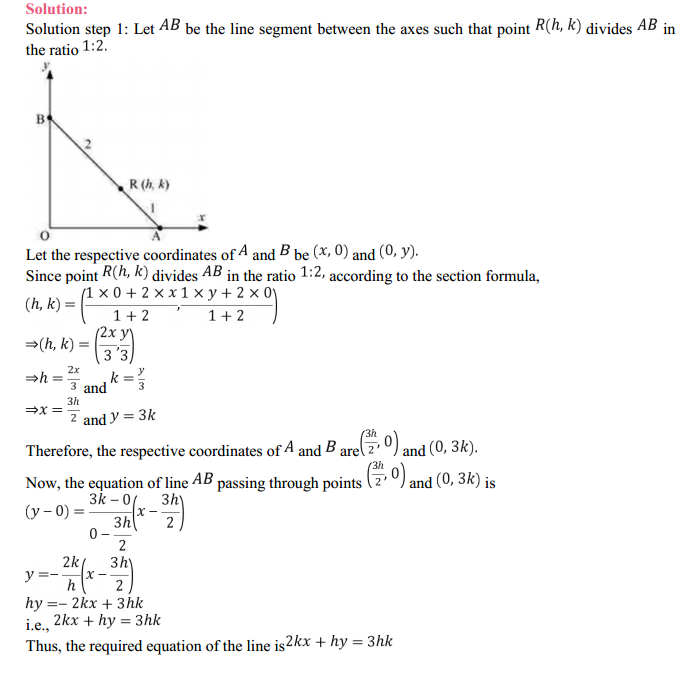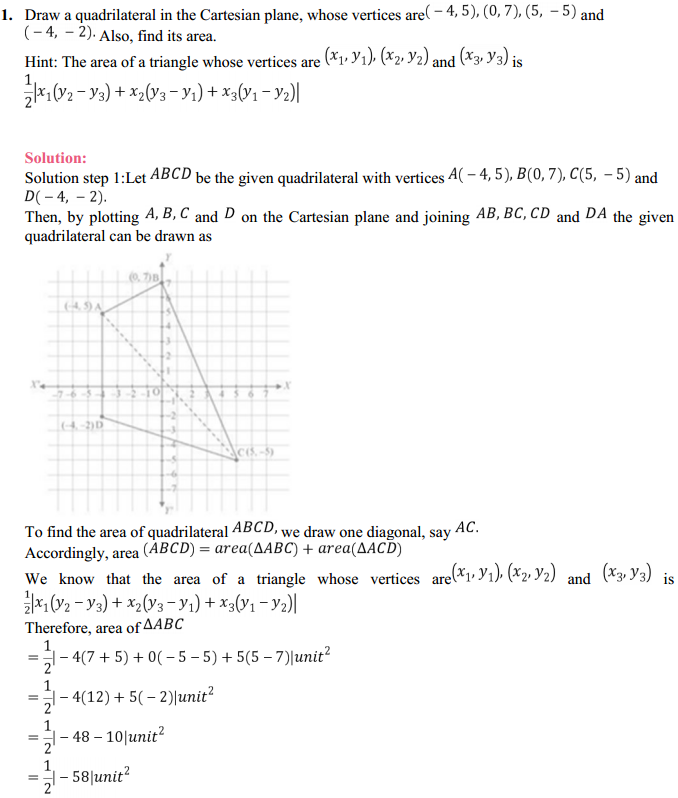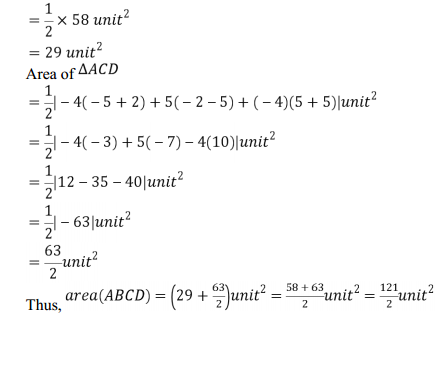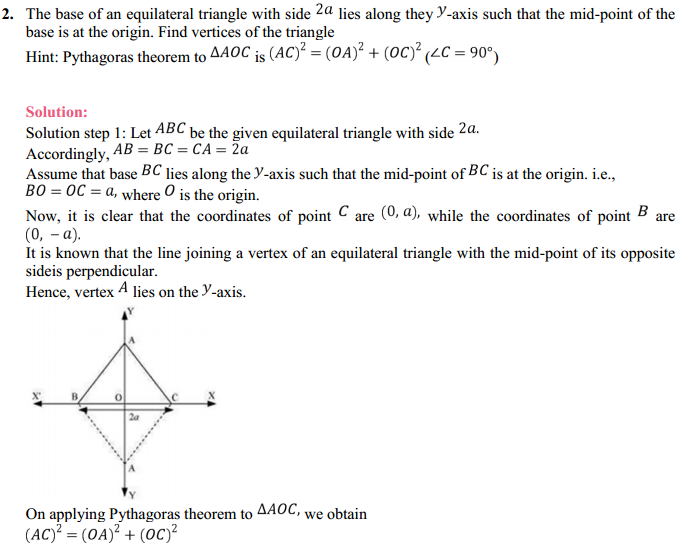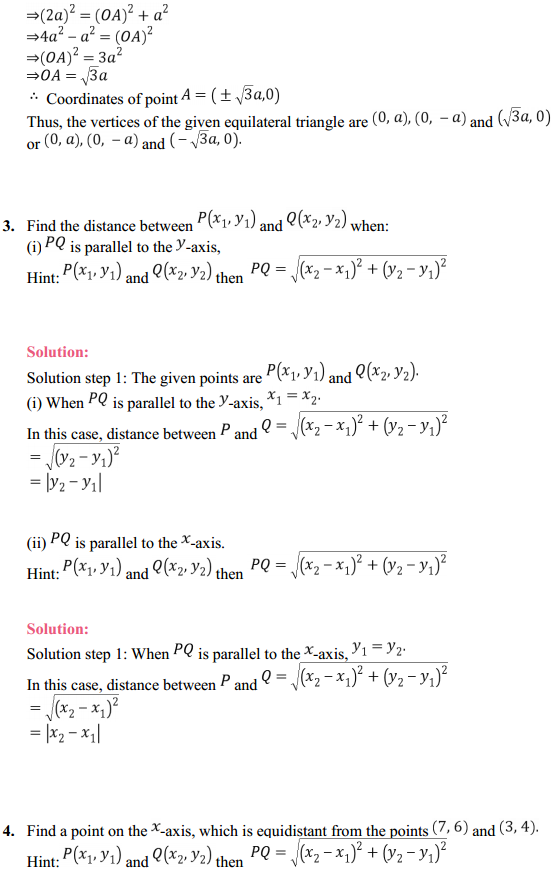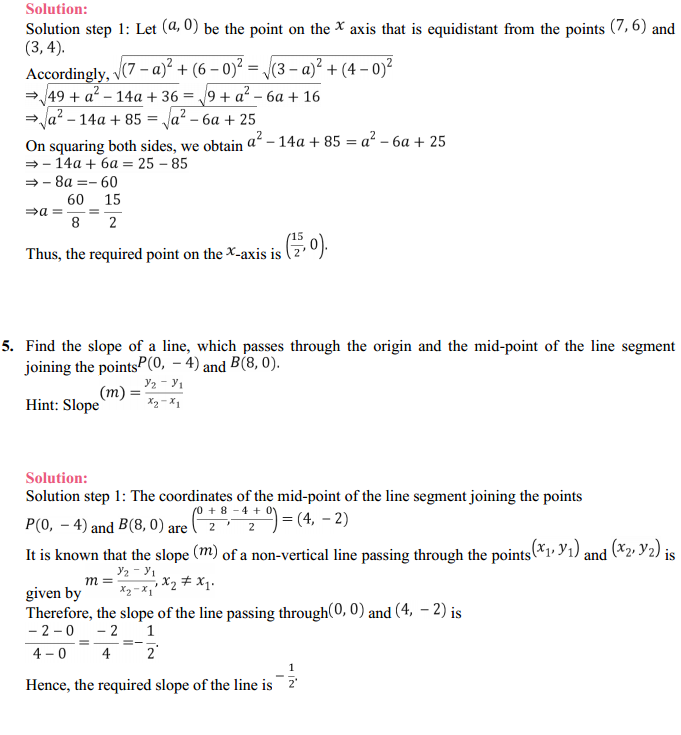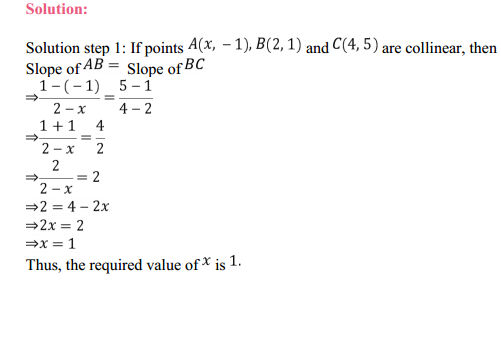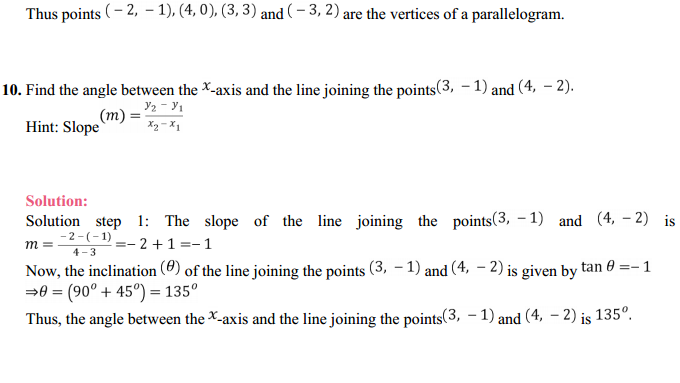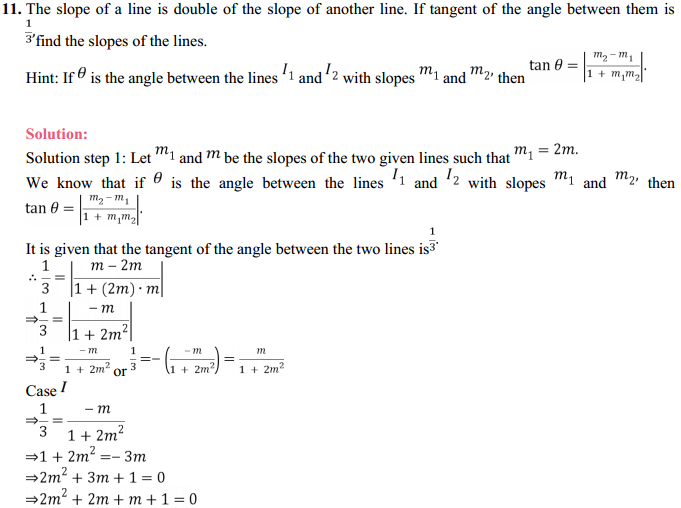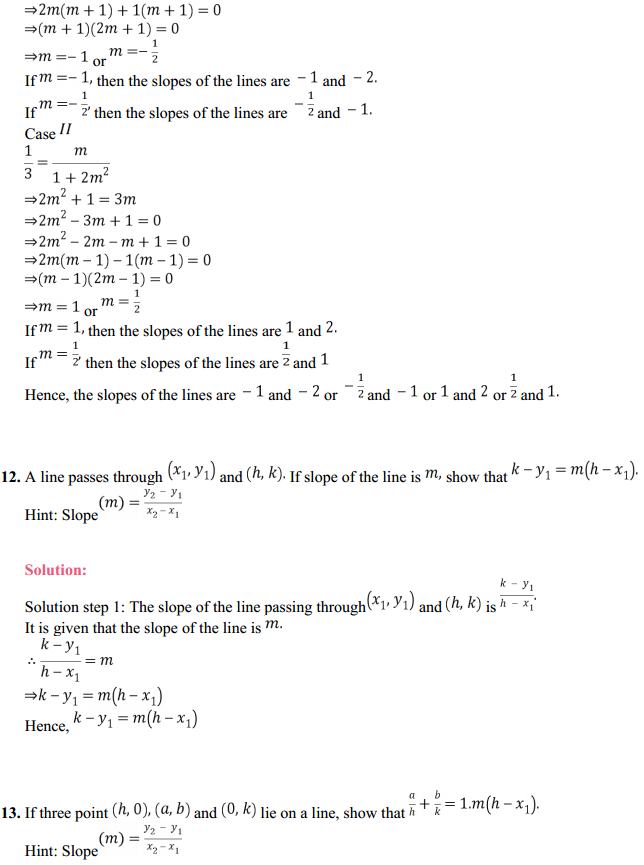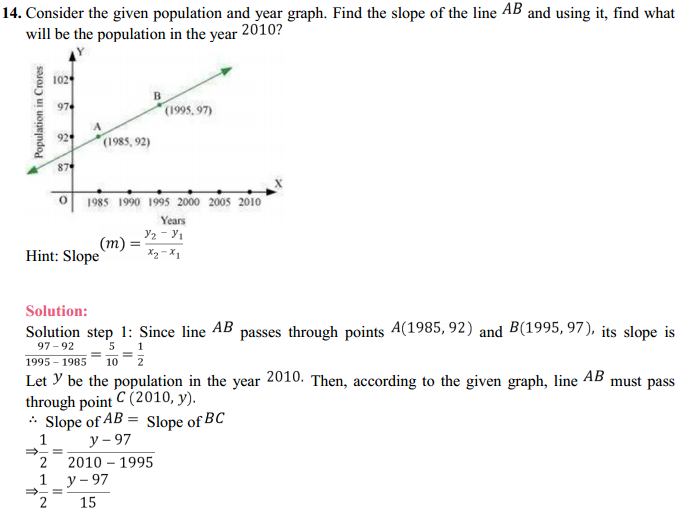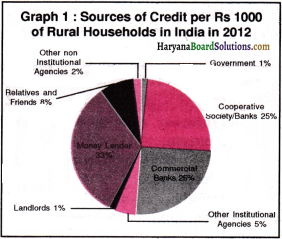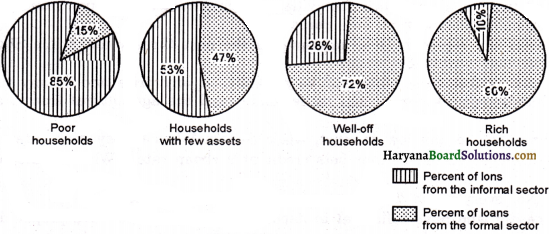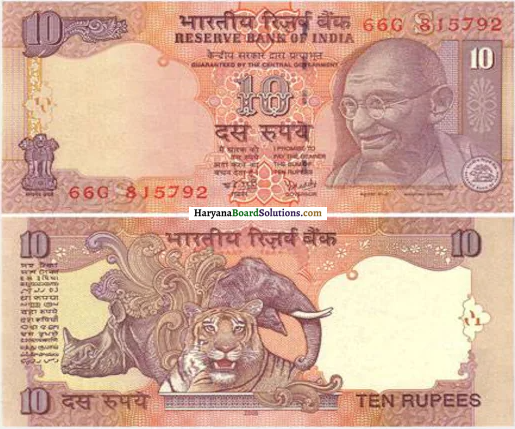Haryana State Board HBSE 10th Class Social Science Solutions Economics Chapter 1 Development Textbook Exercise Questions and Answers.
Haryana Board 10th Class Social Science Solutions Economics Chapter 1 Development
HBSE 10th Class Economics Development Intext Questions and Answers
Class 10 Economics Chapter 1 Intext Questions HBSE Question 1.
What Development Promises – Different People, Different Goals (Page No. 4)
Answer:
Let us try to imagine what development or progress is likely to mean to different persons listed in table 1.1. What are their aspirations ? You will find that some columns are partially filled. Pry to complete the table:
Table 1.1. Developmental Goals of Different Categories of Persons
| Category of Persons: | Developmental Goals/Aspirations: |
| Landless rural labourers | More days of work and better wages; local school is able to provide quality education for their children; there ì8 no social discrimination and they also can become leaders in the vilLage. |
| Prosperous farmers from Punjab | Assured a high family income through higher support prices for their crops and through hardworking and cheap labourers; they should be able to settle their children abroad. |
| Farmers who depend only on rain for growing crops | Increment in better irrigation facilities; availability of high yielding seeds, chemical fertilizers and pesticides; cheap agricultural loan; insurance of crops; higher support prices for crops. |
| A rural woman from a land owning family | Enough family income, equality in education, equality in health services, liberty at home, modem equipments for household work. |
| Urban unemployed youth A boy from a rich urban family | Employment, need of good salary and training, residence facility, transportation facility. |
| A girl from a rich urban family | To get better elementary education, more pocket-money, higher education abroad, to start his own business with sufficient money, entertainment, to get married and have a joyful life. |
| An adivasi from Narmada valley | She gets as much freedom as her brother and she is able to decide what she wants to do in her life, She is able to pursue her studies abroad. Regular work, enough wages, education and health services for children, availability of pure drinking water, safe place for residence, no social discrimination.. |
| People of Scheduled Castes (S.Cs.) and Scheduled Tribes (S.Ts.) | Enough scope for livelihood, social equality, increment in opportunities of employment, better education and scholar ship for their children, health services, arrangement of pure drinking water and residence. |
Let’s Work These Out (Page No. 6)
Development Chapter 1 HBSE 10th Class Question 2.
Why do different persons have different notions of development? Which of the following explanations is more important and why?
(a) Because people are different.
(b) Because life situations of persons are different.
Answer:
Different persons have different notions of development because life situations of persons are different. They seek those things and situations, which are most important to them, to fulfill their aspirations.
Chapter 1 Development Economics HBSE 10th Class Question 3.
Do the following two statements mean the same? Justify your answer.
(a) People have different developmental goals.
(b) People have conflicting developmental goals.
Answer:
No, both the statements have different meanings.
(a) People have different developmental goals means, they seek things that are most important for them to fulfill their desires and aspirations.
(b) People have conflicting developmental goals means, at a time, two persons or more than two persons may seek things, which are conflicting. For example, to get more electricity, industrialists may want more dams. But, this may submerge the land and disrupt the lives of people who are displaced, such as, tribals. They might resent this and may prefer small check dams or tanks to irrigate their land. ,

Question 4.
Give some examples where factors other than income are important aspects of our lives.
Answer:
Material things, i.e. money is not all that we need to live. Besides, there are many things that affect our lives, like- equal treatment, freedom, security, and respect of others. For example, the role of our family, our friends, and our society in our lives. Another example is, if you get a job in a far off place, before accepting it, you would try to consider many things, apart from income, such as- facilities for your family, working atmosphere and opportunity to learn.
Question 5.
Explain some of the important ideas of the above section in your own words.
Answer:
Here are some of the important ideas in the section – “Income and other Goals”:
- Everybody needs more income.
- Besides income, there are some other factors that everybody requires, such as equality, freedom, security, and respect of others.
- For development, people look at a mix of goals.
- If women are engaged in paid work, their dignity in the household and in society increases.
- A safe and secure environment may allow more women to take up a variety of jobs, or run a business.
- People have mix of goals. The factor, on which our life depends, is money, but the quality of life depends on non-material things also.
Let’s Work These Out (Page No. 7)
Discuss the following situations:
Question 6.
Look at the picture on the right. What should be the developmental goals for such an area?
Answer:
This picture shows two categories of society –
(a) High-class society.
(b) Lowclass society.
In high-class society, people who live in high-rise buildings, need facilities of high class societies, like expensive jewellery, branded clothes, costly cars, etc. In low-class society, people who live in slums, do not have enough means to survive. They need pucca houses, water, sanitation facilities and good education for their children.
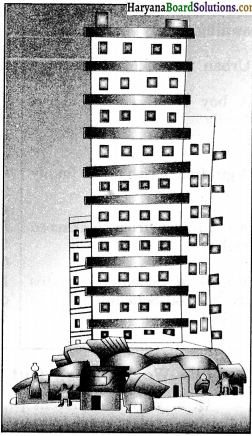
Question 7.
Read this newspaper report and answer the questions that follow :
A vessel dumped 500 tonnes of liquid toxic wastes into open-air dumps in a city and in the surrounding sea. This happened in a city called Abidjan in Ivory Coast, a country in Africa. The fumes from the highly toxic waste caused nausea, skin rashes, fainting, diarrhoea etc. After a month seven persons were dead, twenty in hospital and twenty six thousand treated for symptoms of poisoning. A multinational company dealing in petroleum and metals had contracted a local company of the Ivory Coast to dispose the toxic waste from its ship.
(i) Who are the people who benefited and who did not?
(ii) What should be the developmental goal for this country?
Answer:
(i) The multinational company and the local company benefited, and the people who live there are the victims of toxic wastes.
(ii) Following should be the developmental goals for this country :
(a) Proper disposal of toxic wastes.
(b) Better health services for public.
(c) Development of industries, agriculture, transportation, communications etc.
(d) Pollution awareness.
Question 8.
What can be some of the developmental goals for your village, town or locality?
Answer:
Here are some of the developmental goals for our village, town or locality:
- Village, town or locality should be planned properly.
- Cemented houses should be made for people who live in slums.
- Roads and streets of the area should be clean.
- Pure and clean water should be available for people.
- Better education-imparting schools should be available for children.
- Enough employment opportunities should be available for local citizens.
- Primary health centres and hospitals should be available for people.
- Local market should be situated near to locality.
- Bus stand and railway station should be situated near to locality.
- Child marriage, child labour and caste system should be eliminated.
Question 9.
Based on data given in Table 1.2, calculate the average income for both the countries. (Page No. 9)
Table 1.2 : Comparison of two countries
| Country | Monthly Incomes of Citizens (in Rupees) |
| I | II | III | IV | V | Average |
| Country ‘A’ | 9,500 | 10,500 | 9,800 | 10,000 | 10,200 | 10,000 |
| Country ‘B’ | 500 | 500 | 500 | 500 | 48,000 | 10,000 |
(i) Will you be equally happy to live in both these countries?
Answer:
No, we will not be equally happy to live in both these countries because the distribution of income is not same in country ‘B’

(ii) Are both equally developed?
Answer:
No, both the countries are not equally developed. The distribution of income is almost same in country ‘A’, but on the other hand, four people, are poor out of five people, in country ‘B’.
Let’s Work These Out (Page No. 9)
Question 10.
Give three examples where an average is used for comparing situations. Ans. Following are three examples, where an average is used for comparing situations:
- Average is used for comparing the per capita income of two countries.
- Average is used for comparing the marks of students.
- Average is used for comparing the scores of cricket players.
Question 11.
Why do you think average income is an important criterion for development? Explain.
Answer:
Average Income is an important criterion for the measurement of development. Total income is not a useful criterion, because different countries have different populations. Total income does not tell us separately about the income of each person. So, we compare the average income, which is total income of the country divided by its total population. Therefore, average income is an important criterion for measuring development,
Question 12.
Besides size of per capita income, what other property of income is important in comparing two or more societies?
Answer:
Though per capita income is an important criterion for comparing two or more societies, yet it does not show the distribution of income among different people. Therefore, distribution of income is the other property of income, which is important in comparing two or more societies.
Question 13.
Suppose records show that the average income in a country has been increasing over a period of time. From this, can we conclude that all sections of the economy have become better? Illustrate your answer with an example.
Answer:
No, we cannot conclude that all sections of the economy have become better. Increment of average income does not mean all sections of the economy have become better. For example, except some years, national income and average income of India is increasing continuously after independence, but while the service sector has increased very much and agriculture is having, virtually, no growth.
Question 14.
From the text, find out the per capita income level of low-income countries as per World Development Reports.
Answer:
As per WDR, 2017, those countries that earn a per capita income of US $ 955 or less, per annum, are considered as low-income countries.
Question 15.
Write a paragraph on your notion of what should India do, or achieve, to become a developed country.
Answer:
India will have to take the following steps to become a developed country :
- Higher per capita income and Gross Domestic Product (GDP) rate.
- Emphasis on setting up of small-scale industries and cottage industries.
- Special emphasis on the development of agricultural sector.
- Equal distribution of resources.
- Use of local resources.
- Improvement to health and education sector.
- Extension of infrastructure, entrepreneurship, labour-intensive technique, training, loan and distribution facilities.
- Abolition of corruption.
Let’s Work These Out (Page No. 12)
Question 16.
Look at data in Table 1.3 and 1.4. Is Haryana ahead of Kerala in literacy rate etc. as it is in terms of per capita income?
Table 1.3 : Per Capita Income of Select States
| State | Per Capita Income for 2015-16 (in Rs.) |
| Haryana | 1,30,174 |
| Kerala | 1,63,475 |
| Bihar | 34,409 |
Table 1.4 : Some Comparative Data on Haryana, Kerala and Bihar
| State | Infant Mortality Rate per 1,000 live births (2017) | Literacy Rate (%) | Net Attendance Ration (per 100 Person) Sencondary Stage (age 14 and 15 years) 2013-14 |
| 2011 |
| Haryana | 30 | 82 | 61 |
| Kerala | 10 | 94 | 83 |
| Bihar | 35 | 62 | 43 |
Answer:
No, Haryana is not ahead of Kerala in literacy rate. Kerala has the highest literacy rate in India with an over more than 94% literacy rate. So, it is clear that in spite of higher income per capita, Haryana is not ahead of Kerala in terms of the literacy rate among the Indian states.

Question 17.
Think of other examples where the collective provision of goods and services is cheaper than individual provision.
Answer:
Following are the examples, where the collective provision of goods and services is cheaper than individual provision:
- To make available, commodities of daily needs, at ration shops and dairy booths.
- The collective transportation system.
- Collective health services.
- Collective education.
- Collective security arrangement.
- Community hall etc.
Question 18.
Does the availability of good health and educational facilities depend only on the amount of money spent by the government on these facilities? What other factors could be relevant?
Answer:
No, it does not depend only on the amount of money spent by the government on these facilities. Some other factors are also relevant for this, i.e. Public awareness about diseases and their causes, family income, awareness in parents for education, and public participation in health and education sectors.
Question 19.
In Tamil Nadu, 90 percent of the people living in rural areas use a ration shop, whereas in West Bengal only 35 percent of rural people do so. Where would people be better off and why?
Answer:
The people who live in rural areas of Tamil Nadu will be better off than the people of West Bengal, because they are getting things of basic needs at cheaper rate, through ration shops.
Table 1.5 : Educational Achievement of Rural Population of Uttar Pradesh
| Category | Male | Female |
| Literacy rate for rural population | 76% | 54% |
| Literacy rate for rural children in age group 10-14 years | 90% | 87% |
| Percentage of rural children aged 10-14 attending school | 85% | 82% |
consumption level is high and they are saving money to meet their other requirements. On the other hand, the people of West Bengal are spending more money to get things for basic needs, and that’s why their consumption level is low.
Activity-2 (Page No. 12)
Study Table 1.5 carefully and fill in the blanks in the following paragraphs. For this, you may need to make calculations based on the table.
Table 1.5 : Educational Achievement of Rural Population of Uttar Pradesh
| Category | Male | Female |
| Literacy rate for rural population | 76% | 54% |
| Literacy rate for rural children in age group 10-14 years | 90% | 87% |
| Percentage of rural children aged 10-14 attending school | 85% | 82% |
(a) The literacy rate for all age groups, including young and old, is ………….. for rural males and for rural females. However, it is not just that these many adults could not attend school but that there are who are currently not in school.
(b) It is clear from the table that ……………. % of rural girls and % of rural boys are not attending school. Therefore, illiteracy among children in the age group 10-14 is as high as % of rural females and % of rural males.

(c) This high level of illiteracy among …………… age group, even after more than 68 years of our independence, is most disturbing. In many other states also we are nowhere near realisation of the constitutional goal of free and compulsory education for all children up to the age of 14, which was expected to be achieved by 1960.
Answer:
(a) 76%, 54%, 15% males and 18% females,
(b) 18, 15, 13,10,
(c) 10 – 14.
Example – 1 (Page No. 14)
Groundwater in India:
“Recent evidence suggests that the groundwater is under serious threat of overuse in many parts of the country. About 300 districts have reported a water level decline of over 4 meters during the past 20 years. Nearly one-third of the country is overusing its groundwater reserves. In another 25 years, 60 percent of, the country would be doing the same if the present way of using this resource continues. Groundwater overuse is particularly found in the agriculturally prosperous regions of Punjab and Western U.P., hard rock plateau areas of central and south India, some coastal areas, and the rapidly growing urban settlements.”
(a) Why groundwater is overused?
(b) Can there be development without overuse?
Answer:
(a) Nearly 1/3 of the country is overusing ground water for their domestic use, irrigation, industries etc.
(b) Yes, there can be development without the overuse of groundwater. We should use water in a sensible way and follow methods of water conservation.
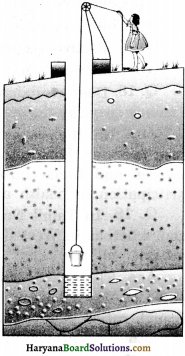
Example – 2 (Page No. 15)
Exhaustion of Natural Resources:
Look at the following data for crude oil –
Table 1.7 : Crude Oil Reserves
| Region/Country | Reserves (2017) (Thousand Million Barrels) | Number of Years Reserves will last |
| Middle East | 808 | 70 |
| United States of America | 50 | 10.5 |
| World | 1697 | 50.2 |
The table gives an estimate of reserves of crude oil (column 1). More importantly, it also tells us for how many years the stock of crude oil will last if people continue to extract it at the present rate. The reserves would last only 50 years more. This is for the world as a whole. However, different countries face different situations. Countries like India depend on importing oil from abroad because they do not have enough stocks of their own.
If prices of oil increase this becomes a burden for everyone. There are countries like the USA which have low reserves and hence want to secure oil through military or economic power. The question of sustainability of development raises many fundamentally new issues about the nature and process of development.

(a) Is crude oil essential for the development process in a country? Discuss.
(b) India has to import crude oil. What problems do you anticipate for the country looking at the above situation?
Answer:

(a) Yes, crude oil is necessary for the development process in a country. Crude oil functions like a directive power for various types of machines, equipments and transportation etc.
(b) India has to import crude oil. India may have to face following problems in coming future :
- Increase in import of crude oil in India.
- Negative or unfavourable balance of payment.
- Crisis of foreign exchange, etc.
HBSE 10th Class Economic Development Textbook Questions and Answers
Question 1.
The development of a country can generally be determined by :
(i) its per capita income
(ii) its average literacy level
(iii) health status of its people
(iv) all the above.
Answer:
(iv) all the above.
Question 2.
Which of the following neighbouring countries has better performance in terms of human development than India?
(i) Bangladesh
(ii) Sri Lanka
(iii) Nepal
(iv) Pakistan
Answer:
(ii) Sri Lanka.

Question 3.
Assume there are four families in a country. The average per capita income of these families is Rs 5,000. If the income of three families is Rs 4,000, Rs 7,000 and Rs 3,000 respectively, what is the income of the fourth family?
(i) Rs 7,500
(ii) Rs 3,000
(iii) Rs 2,000
(iv) Rs 6,000
Answer:
(iv) – Rs 6000,
Explanation:
Total income of four families = 5,000 x 4 = Rs 20,000
Total income of three families = 4,000 + 7,000 + 3,000 = Rs 14,000
Income of the fourth family = 20,000 – 14,000 = Rs 6,000
Question 4.
What is the main criterion used by the World Bank in classifying different countries? What are the limitations of this criterion, if any?
Answer:
Per capita income or average income is the main criterion used by the World Bank, in classifying different countries. In World Development Report, 2017, the World Bank has used this criterion. The per capita income, or average income, is the total income of the country, divided by its population. According to the above report, countries with per capita income of US $ 12056 per annum and above, are called rich countries and those, with per capita income of US $ 955 or less, are called low income countries.
Limitations – The following are the limitations of this criterion:
- High per capita income is not an indicator of economic welfare.
- It does not tell us about the distribution of income.
- Other important factors including literacy rate, infont mortality rate, healthcare are ignored while classifying the countries.
Question 5.
In what respects is the criterion used by the UNDP for measuring development different from the one used by the World Bank?
Answer:
Both, the World Bank and UNDP measure the level of development of different countries in the world, but the criteria used by them are totally different. The World Bank uses average income as the main criterion, but according to UNDP, this is an inadequate and flawed criterion. UNDP includes educational level, health status, and per capita income to compare the levels of development of various countries. UNDP uses Human Development Index as a criterion for measuring development.

Question 6.
Why do we use averages? Are there any limitations to their use? Illustrate with your own examples related to development.
Answer:
Total income is not an adequate criterion to make a comparison between two or more countries, because different countries have different populations. So, total income does not tell us about the income of an average person, while average income tells us about it. That is why we use ‘Average’ or ‘Average Income’ to measure development. It is also a good and simple criterion to make a comparison between two countries.
Limitations – Average income is useful for comparison, but it does not tell us how this income is distributed among people. Though average income is useful for comparison, it also hides disparities.
For Example – Let us consider two countries ‘A’ and ‘B’. We have assumed that each country has five citizens –
| Country | Monthly Incomes of Citizens in 2021 (in Rupees) |
| I | 2 | 3 | 4 | 5 | Average |
| Country ‘A’ | 9,000 | 11,000 | 9,500 | 10,300 | 10,200 | 10,000 |
| Country ‘B’ | 450 | 500 | 550 | 500 | 48,000 | 10,000 |
Though both the countries have identical average income i.e.,₹ 10,000, country ‘A’ is more developed than country ‘B’. Country ‘A’ has an equitable distribution of income. In this country, people are neither very rich nor extremely poor. But in country ‘B’ 4 persons out of 5 are extremely poor and only one person is very rich. This shows the inequality in the distribution of income. So, we can say that average income is useful for the comparison of countries, but it is not a perfect criterion.
Question 7.
Kerala, with a lower per capita income, has a better human development ranking than Haryana. Hence, per capita income is not a useful criterion at all and should not be used to compare states. Do you agree? Discuss.
Answer:
No, I do not agree with this statement that per capita income is not a useful criterion and should not be used to compare states. Though it has some limitations, it is the most important criterion of measuring human development. The World Bank also uses this criterion, i.e. per capita income, for measuring human development and to make a comparison of various countries. But it is true, that per capita income criterion is not an appropriate criterion. Money cannot buy all the goods and services that a man needs to live well.

Averages do not give us any information about non-materialistic goods and services. Factors like literacy Rate, Infant Mortality Rate and Net Attendance Ratio, are also very important for measuring overall human development. According to these factors, Kerala is better than Haryana. It can be understood by the following points:
- The literacy Rate was 94% in Kerala, as compared to 82% in Haryana (in the year 2011).
- Infant Mortality Rate in Kerala was 10, as compared to 30 in Haryana (in the year 2017).
- The net Attendance Ratio between (ages 14 and 15 years) was 83 in Kerala, as compared to 61 in Haryana (in 2013-14).
Because of these factors, Kerala has a better human development ranking than Haryana, in spite of its lower per capita income.
Question 8.
Find out the present sources of energy that are used by the people in India. What could be the other possibilities fifty years from now?
Answer:
The present sources of energy can be categorized into two types –
- Non-Renewable Sources – Coal, mineral oils, natural gas, electricity.
- Renewable Sources – Wind energy, solar energy, biogas, tidal energy, geothermal energy etc.
It is expected, that the world may depend on renewable sources of energy, in the coming future. The following could be the possibilities fifty years from now –
(1) Development of Atomic energy, wind energy, geothermal power, biogas and electricity.
(2) Improved chullahas.
(3) Utilisation of urban waste.
(4) Availability of alternate fuel.
Question 9.
Why is the issue of sustainability important for development?
Or
Why is sustainability important for development? Explain.
Answer:
Sustainability is an important factor for the development of a country. The present growth, with future-oriented development, for successive generations, is termed as sustainable economic development. It is a process of development, which meets the needs of the present generation, without reducing the ability of the future generation, to meet their own needs. It is necessary for future survival.
Sustainability is important due to the following reasons:
- It ensures that the growth of the economy is continuous.
- It takes care of overall development of the economy, such as- health services and better education, etc.
- Broad level policies should be framed, for effective utilisation of non-renewable resources, such as – mineral oil, minerals etc. ‘
Question 10.
“The earth has enough resources to meet the needs of all but not enough to satisfy the greed of even one person.” How is this statement relevant to the discussion of development? Discuss.
Answer:
Our earth is rich in various natural resources like soil, wind, water, animals, forests, minerals, etc. These resources are ample to meet the needs of the present, as well as the future generations, but human beings are not satisfied because of unlimited wants. They want to get more and more, and to fulfill their needs, they overuse and exploit natural resources blindly.

The following steps can be undertaken to stop the wastage of resources :
- We should utilize natural resources sustainably and properly.
- We need to avoid reckless use of natural resources.
- We have to stop the exploitation and overuse of resources.
- Wastage of resources should also be avoided.
Question 11.
List a few examples of environmental degradation that you may have observed around you.
Answer:
We have observed the following examples of environmental degradation –
- Reducing groundwater level
- Forest cutting,
- Noise pollution
- Air pollution,
- Soil erosion
- Water pollution,
- Felling of trees
- Garbage dumps, etc.
Question 12.
For each of the items given in Table 1.6, find out which country is at the top and which is at the bottom.
Table 1.6 : Some data regarding India and its neighbours for 2015
| Country | Gross National Income (GNI) Per Capita (2011 PPP $) | Life Expectancy at Birth (2017) | Mean Years of Schooling of People Aged 25 and Above (2017) | HDI Rank in the World (2018) |
| Sri Lanka | 11326 | 75.5 | 10.9 | 76 |
| India | 6353 | 68.8 | 6.4 | 130 |
| Myanmar | 5567 | 66.7 | 4.9 | 148 |
| Pakistan | 5331 | 66.6 | 5.2 | 150 |
| Nepal | 2471 | 70.6 | 4.9 | 149 |
| Bangladesh | 3677 | 72.8 | 5.8 | 136 |
Answer:
| Data | Top (country) | Bottom (country) |
| (a) Per capita Income | Sri Lanka | Nepal |
| (b) Life Expectancy at Birth | Sri Lanka | Pakistan and Nepal |
| (c) Mean years of schooling of people aged 25 and above | Sri Lanka | Mayanmar and Nepal |
| (d) HDI Rank in the world | Sri Lanka | Pakistan |
Question 13.
The following table shows the proportion of adults (aged 15-49 years) whose BMI is below normal (BMI < 18.5 Kg/m2) in India. It is based on a survey of various states for the year 2015-16. Look at the table and answer the following questions.
| State | Male (%) | Female (%) |
| Kerala | 8.5 | 10 |
| Karnataka | 17 | 21 |
| Madhya Pradesh | 28 | 28 |
| All States | 20 | 23 |
(i) Compare the nutritional level of people in Kerala and Madhya Pradesh.
(ii) Can you guess why around one-fifth of people in the country are undernourished even though it is argued that there is enough food in the country? Describe in your own words.
Answer:
(i) The Table shows that the nutritional level of Madhya Pradesh is lower than Kerala. Since, in Kerala, the proportion of undernourished adults is 8.5 : 10 (Male : Female), where as in Madhya Pradesh, this ratio is 28:28 respectively, which shows, that the population of Kerala is getting more nutritious food than population of Madhya Pradesh.

(ii) Around one-fifth of people in the country are undernourished due to the following reasons :
- The public Distribution System (PDS) in our country is not efficient.
- Ration shopkeepers sell the food items in the open market to earn better margins.
- Ration shopkeepers sell the poor quality food items at ration shops.
- Due to so many middlemen involved in its distribution, food items do not reach the poor section of society, because this increases the price of food items that poor people cannot afford.
- Due to inequalities in the distribution of income, 1/4 population of our country is poor. They do not have enough means to buy nutritional food.
Additional Project/Activity:
Invite three different speakers to talk to you about the development of your region. Ask them all the questions that come to your mind. Discuss these ideas in groups. Each group should prepare a wall chart, giving reasons for ideas that they agree or do not agree with.
Instruction
Answer:
Do it yourself.

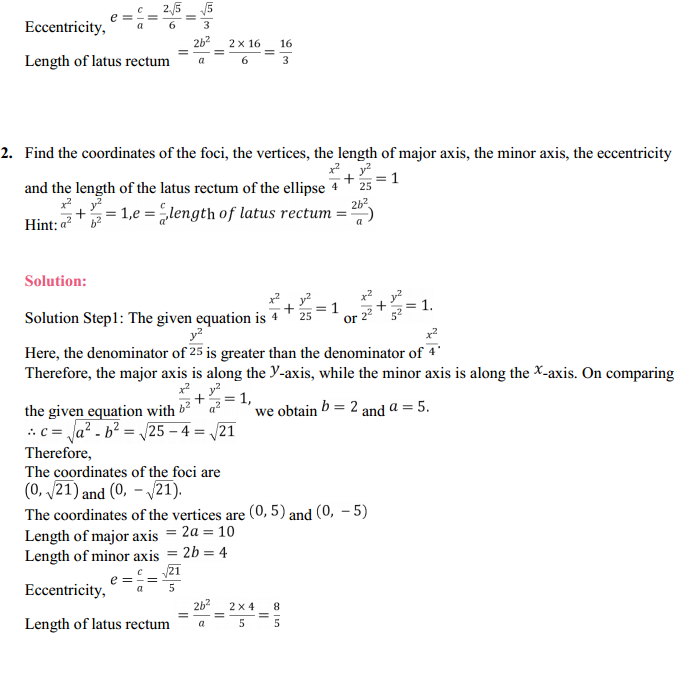

![]()


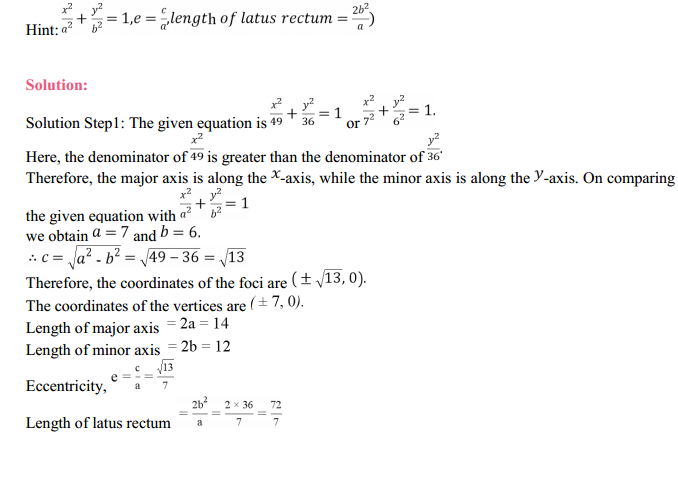
![]()
